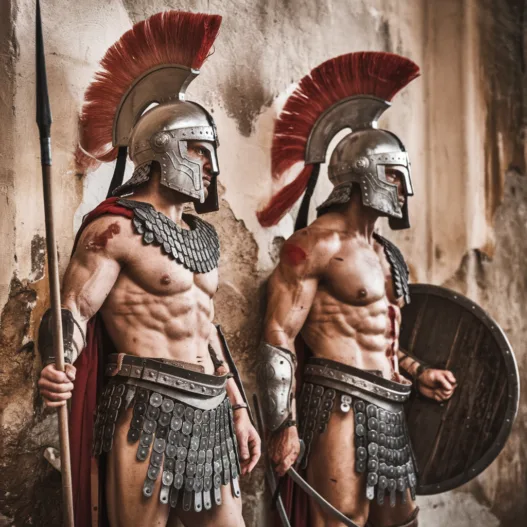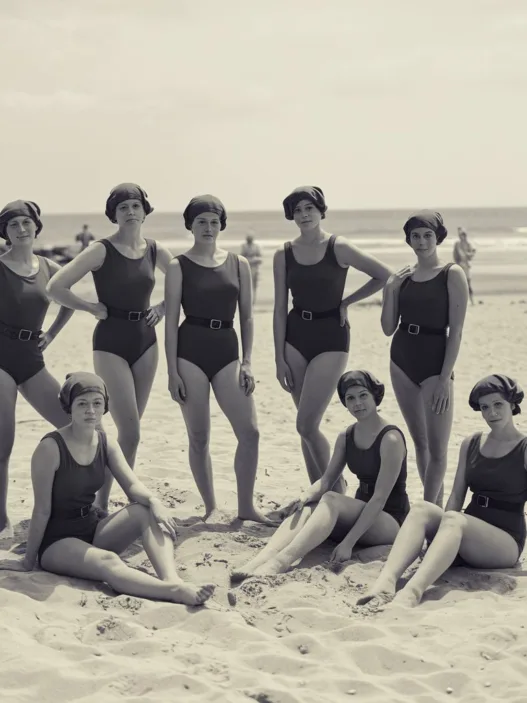Julius Caesar, the Colosseum, and gladiators are common associations with ancient Rome. The Roman Empire, which lasted from 753 BC to 476 AD, was undoubtedly an iconic period in ancient history. Ancient Rome’s effect may be observed for centuries, even shaping the Western world today.

Gladiators Were Trained to Die
Gladiators’ lives revolved around entertaining people and triumphantly achieving victory. Gladiatorial combat was as much about spectacle as it was about survival, so gladiators were taught not only combat skills but also the fine art of delivering and receiving the fatal blow.
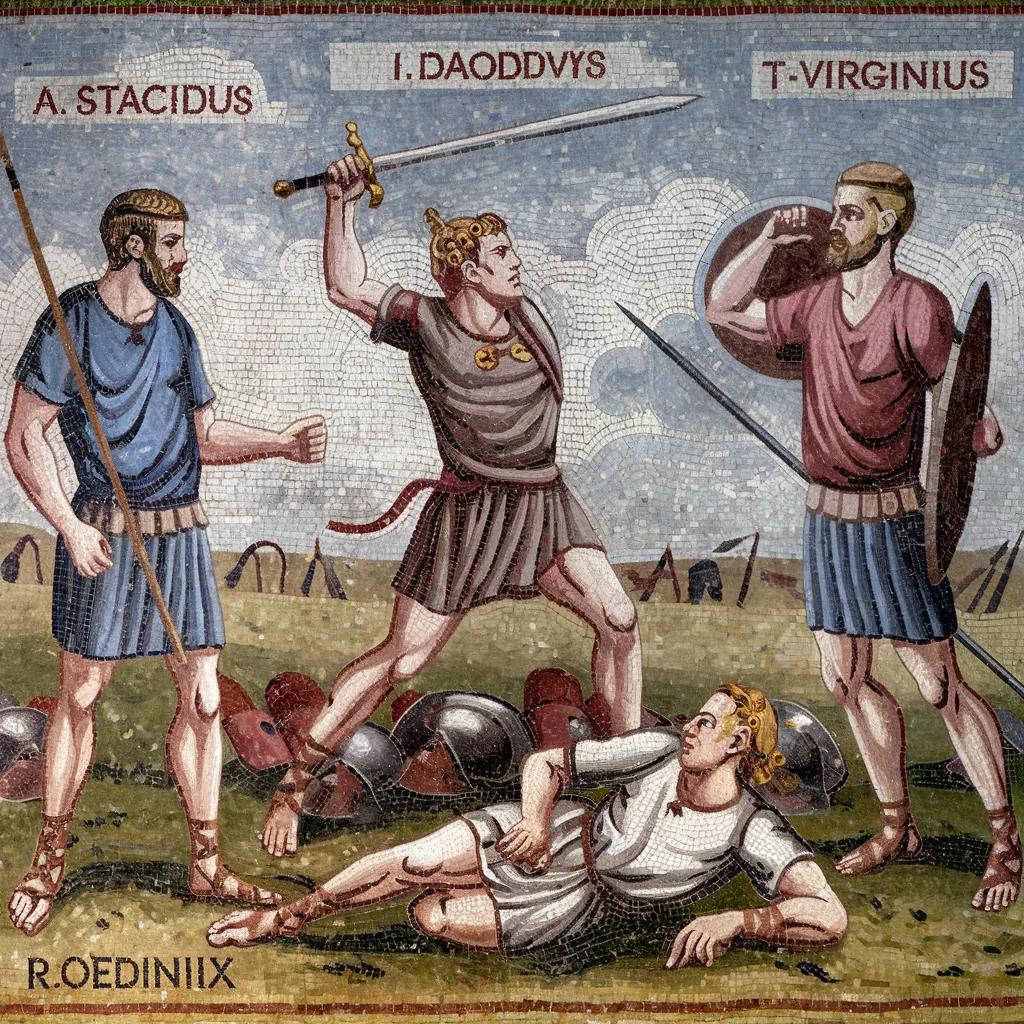
While not all confrontations ended in death, some gladiators lost their lives in the arena. Gladiator fighting became more cruel as it gained popularity during the Roman period. In the third century, around 25% of gladiator fighters died.
Slaves Could Buy Their Freedom
Slavery had a long and complex history in antiquity. Roman slavery differed from other societies in that it included the concept of Manumission, which allowed slaves to be liberated.
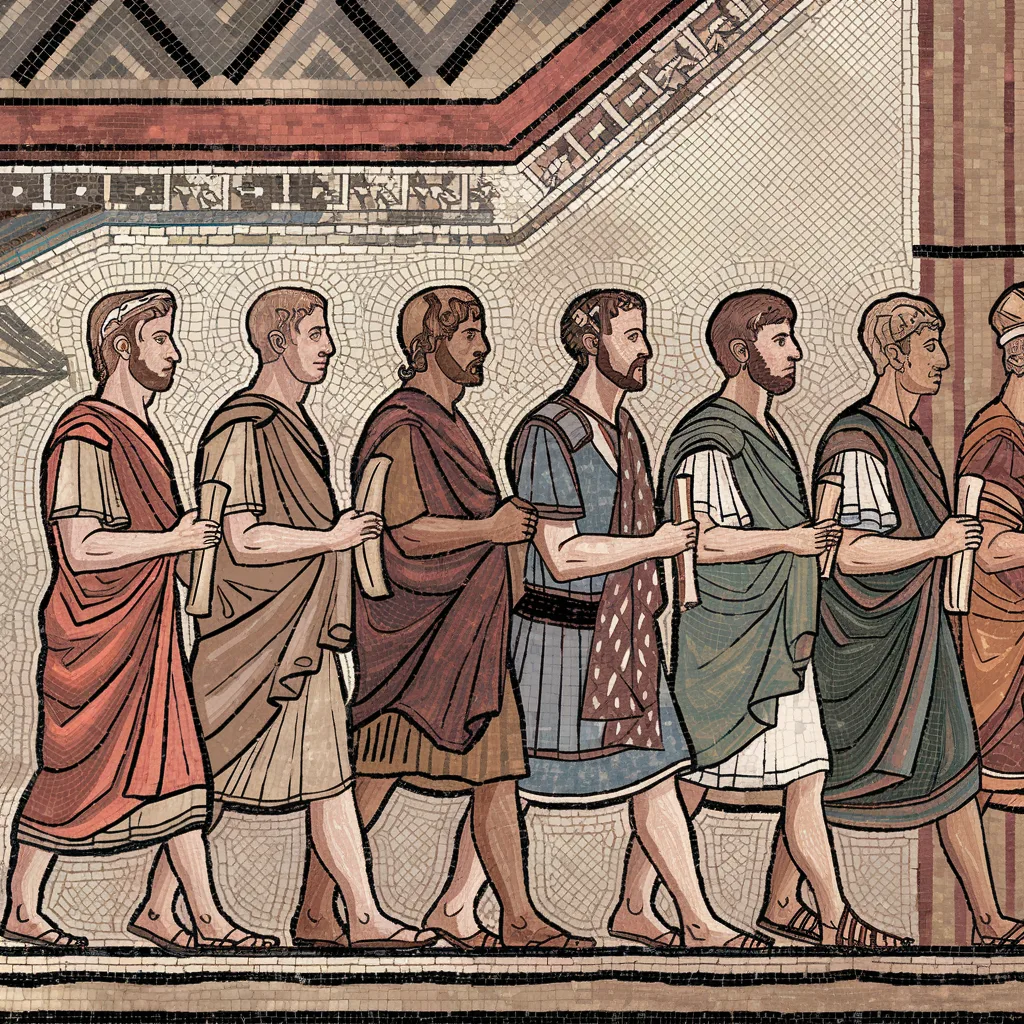
Some Roman slave owners simply liberated their captives outright, while others permitted them to pay for their release with any money they had saved as presents. The hope of eventual freedom motivated slaves to be productive and obedient, but the process was arduous. Some slaves never earned enough to buy their freedom, and even when they were released, the stigma of slavery remained difficult to remove.
Romans Had Short Work Days
In Rome, the workday was all about productivity and leisure in equal measure. With no clocks, Romans relied on the sun to wake them up around 6 a.m. They’d eat breakfast and then get right to work until the early afternoon—then it was time to relax.
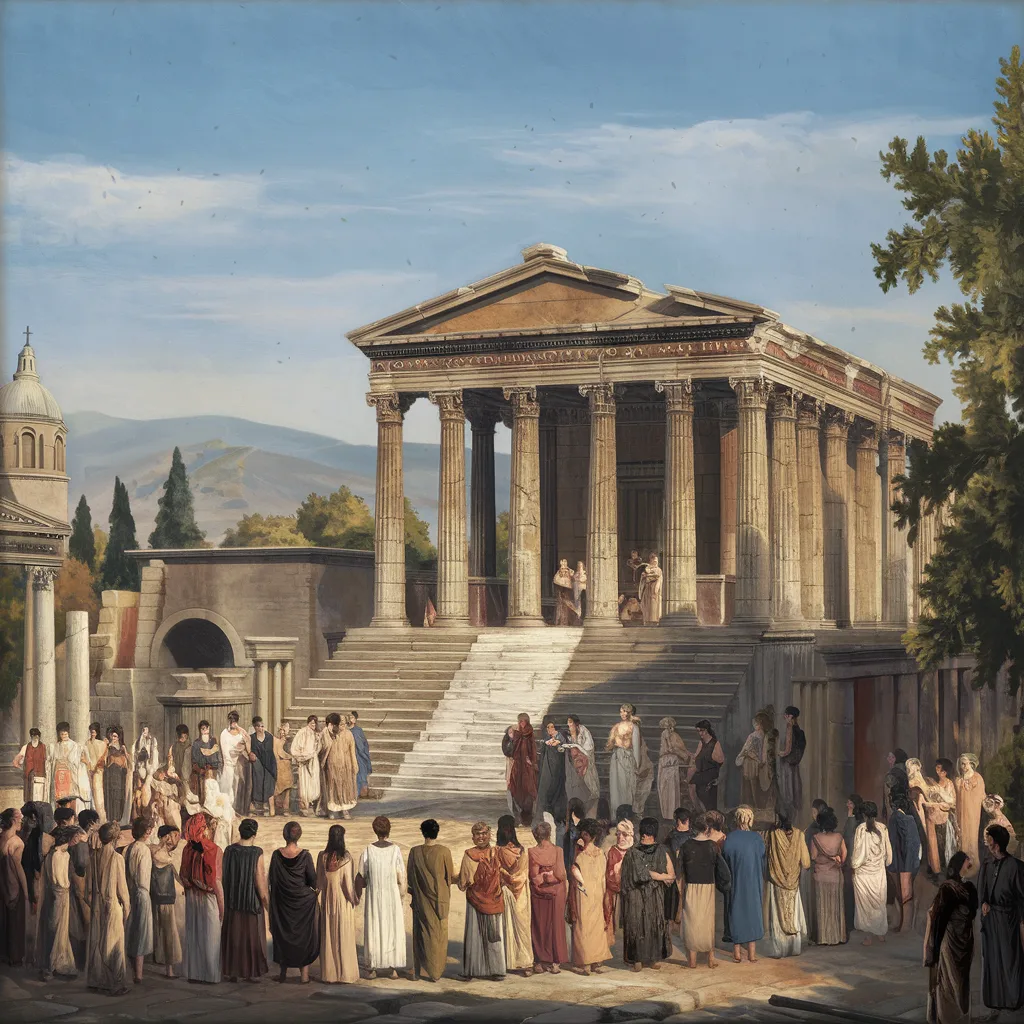
Only a few stores remained open after the early afternoon, as most people were preoccupied with gladiator competitions, chariot races, and wrestling events, as well as visits to the baths and theater. Most bars remained open all day as social gathering spots for dining and drinking.
Fires Were Extremely Common
People in ancient Rome did not have access to the same building materials that we do now. Roman insulation was constructed of wood and mud, which meant it was prone to disintegrating and catching fire.
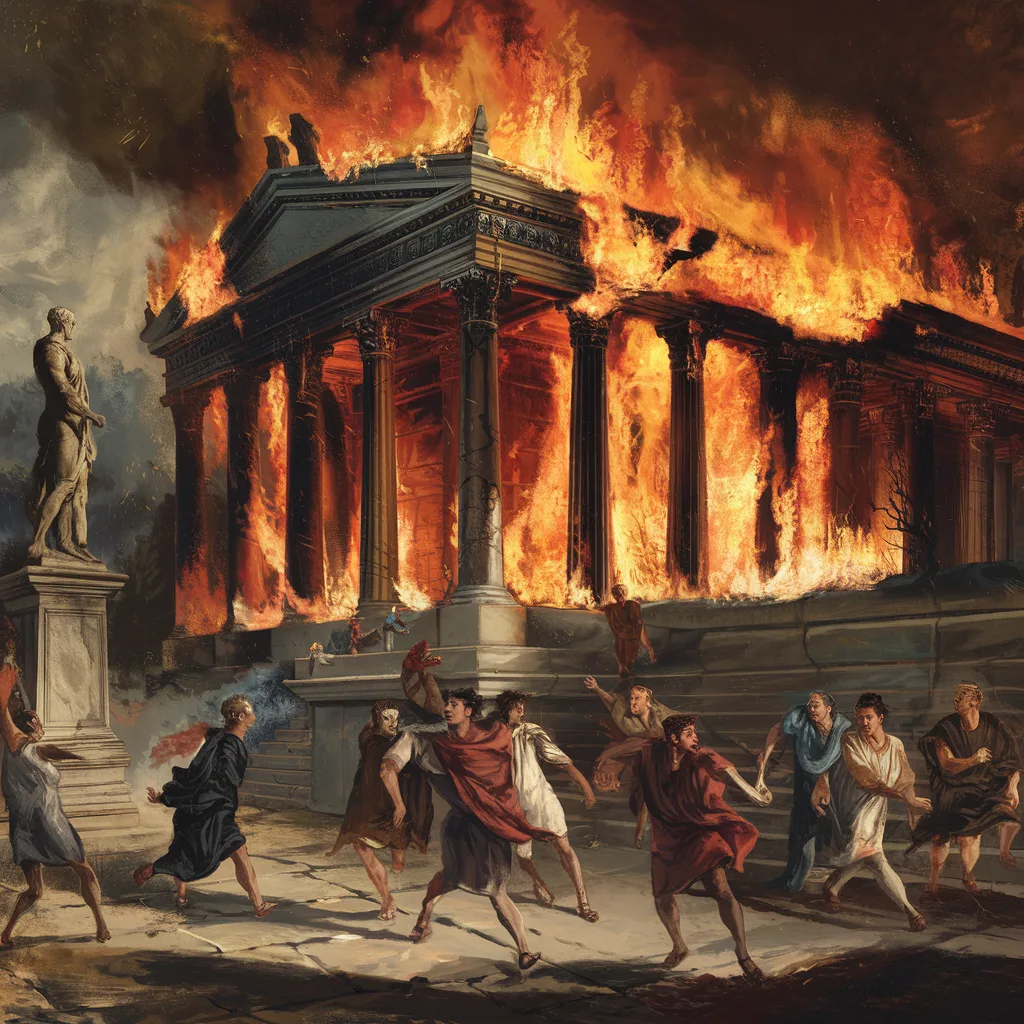
Fires were a continual concern in the city because it was densely inhabited and tightly packed, and they were exacerbated by Romans cooking food in their dwellings with hot coals and open flames. One of the most notorious was the Great Fire of Rome in 64 AD, which lasted six days and seven nights and destroyed much of the city.
Banquets Followed the Same Format
Hosting a dinner was insufficient for ancient Rome’s wealthiest citizens. Banquets were much more than just eating and drinking; they were also crucial social and political gatherings where attendees could network, make alliances, and show off their money and rank.
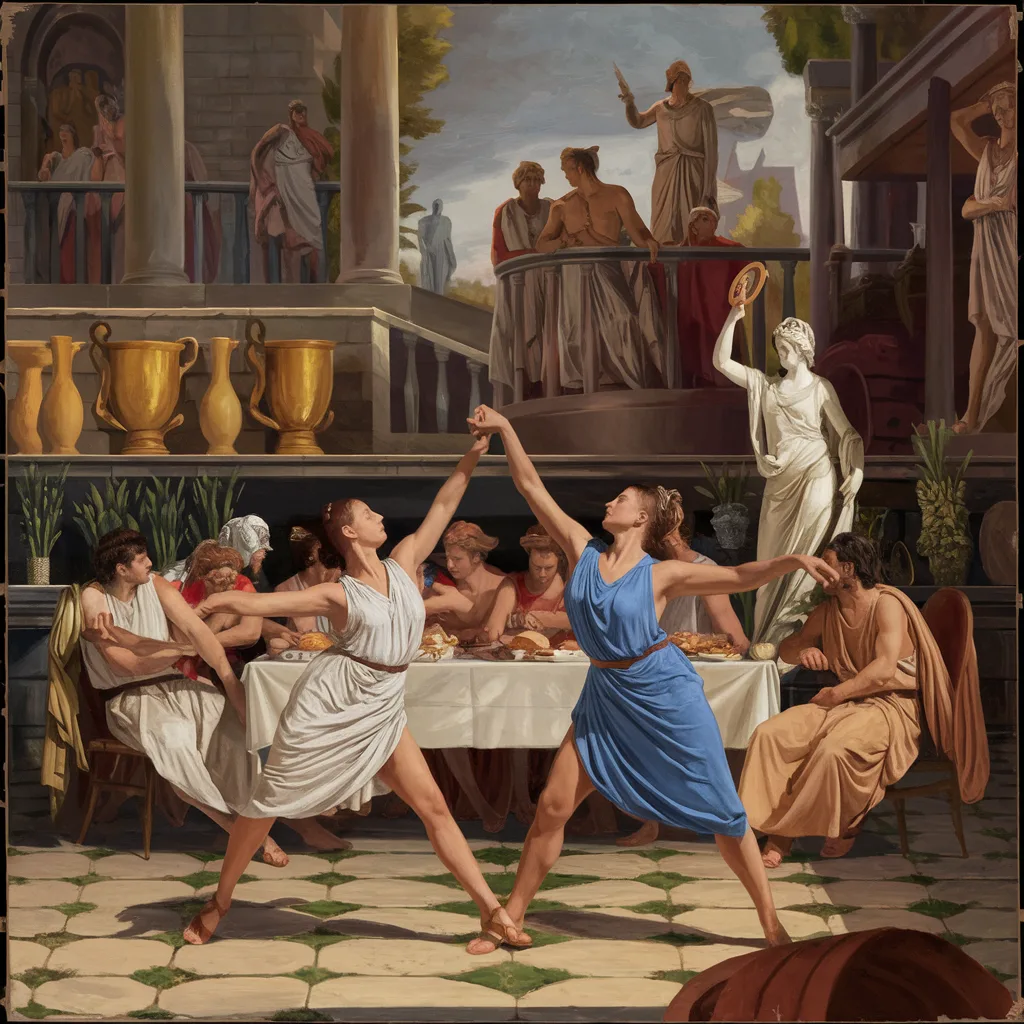
Each feast usually had the same grandiose format. Guests dined on couches, starting with appetizers, then a main course, and finishing with entertainment from acrobats and musicians. Sometimes the chefs would even sing while serving their meals. If the host was extremely affluent, live lions and bears would frequently visit.
The Ancient Mountain Made of Pots
Olive oil was extremely popular in ancient Rome. It was imported by the Romans from all over the world for use in baths, medicine, and other applications. They consumed so much oil that they soon found themselves surrounded by empty terracotta jugs and nothing to do with them.
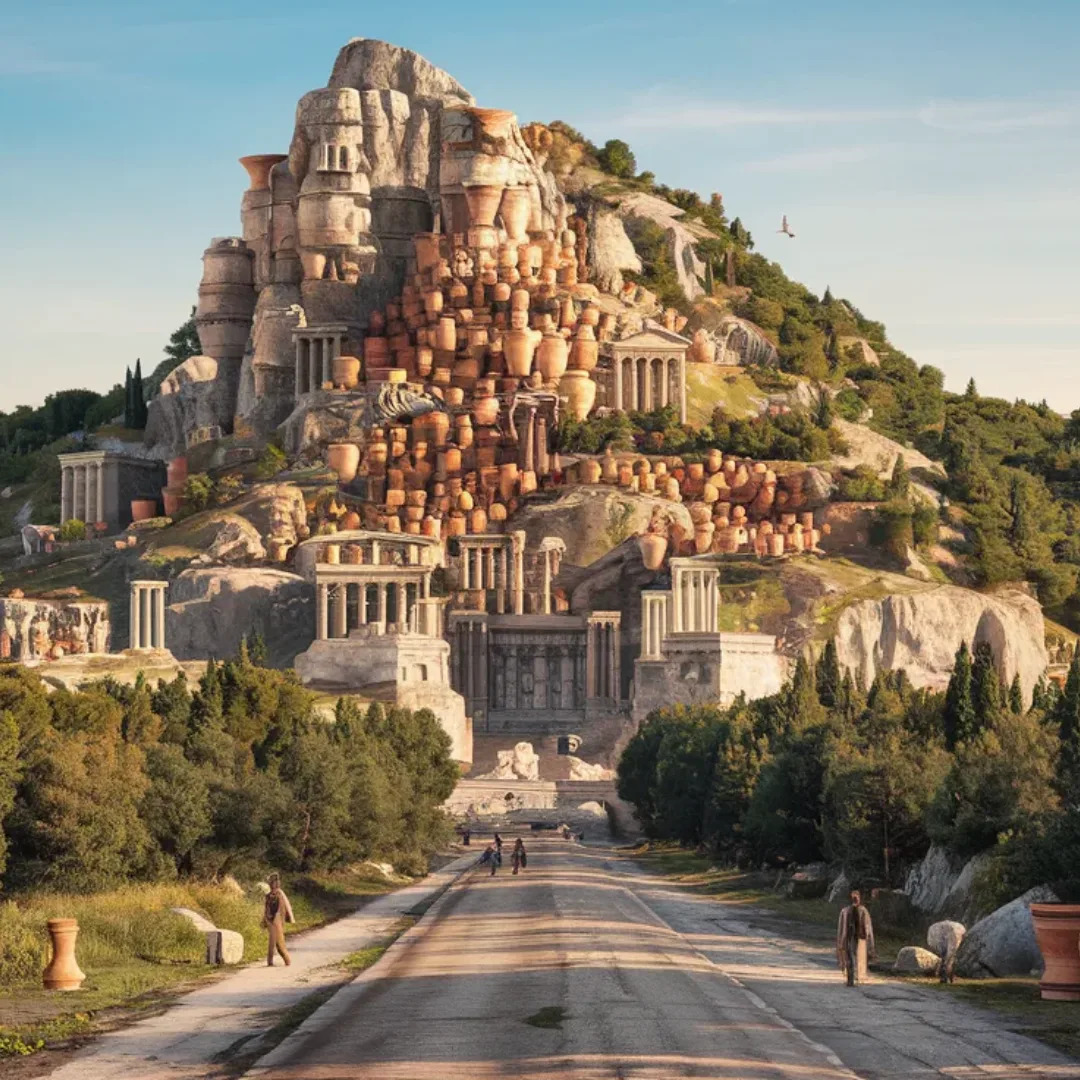
These cracked pots were thrown after usage because the oil residue became rancid, rendering them unfit for reuse. Over time, these discarded pots gathered to form a large artificial mound on Monte Testaccio, also known as “Potsherd Mountain”.
Emperors Owned Wild Animals
There are weird and quirky emperors scattered throughout Roman history. With all of the authority and popular support, they were free to flaunt their money and enact all kinds of odd legislation.
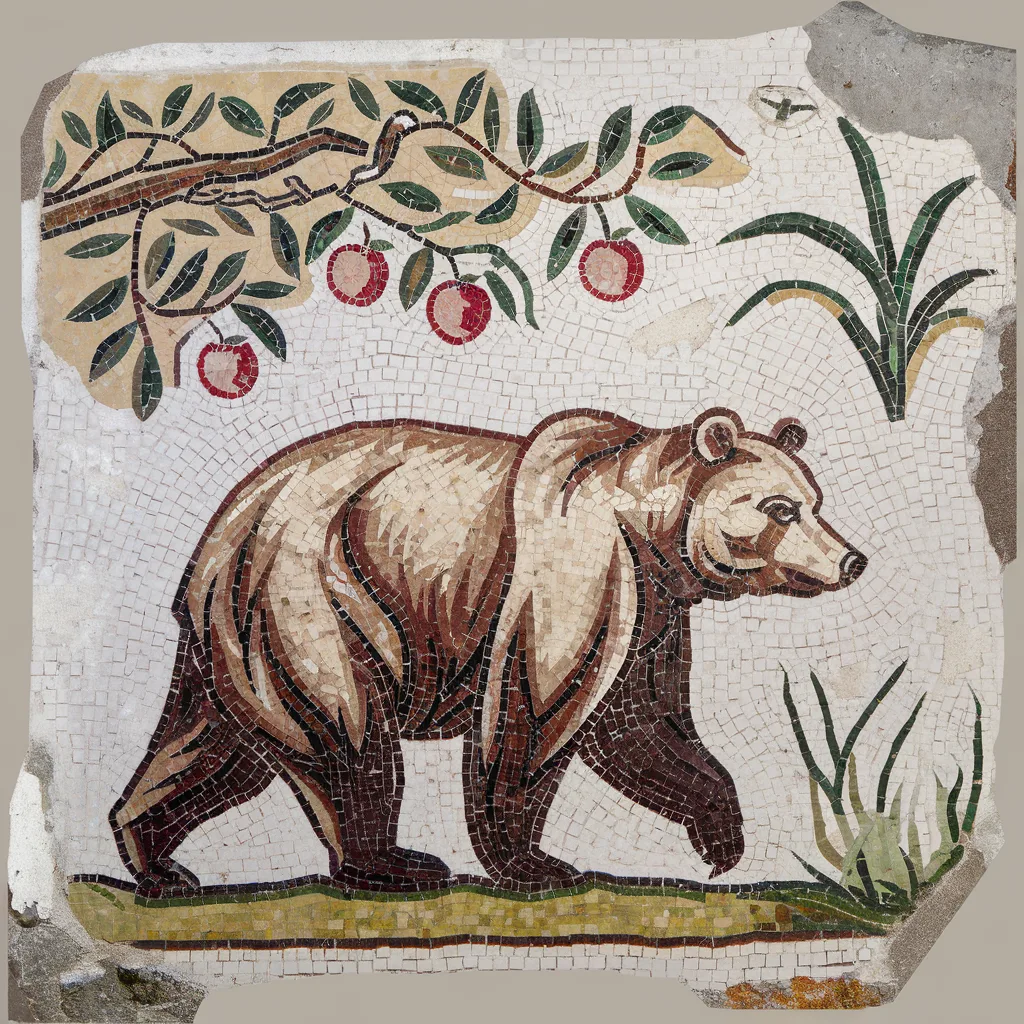
Emperor Elagabalus was one of Rome’s most eccentric monarchs. He was only a youngster when he began his rule, and he was infamous for his scandalous parties that broke all established Roman traditions. Like many previous emperors, he kept wild creatures such as lions and bears, which he let roam freely around his banquets.
Baking Was a Lucrative Job
Grain was used as payment in Roman times, although it can only be baked into bread. Most Romans did not have ovens in their homes, therefore bakers performed a critical role in society.
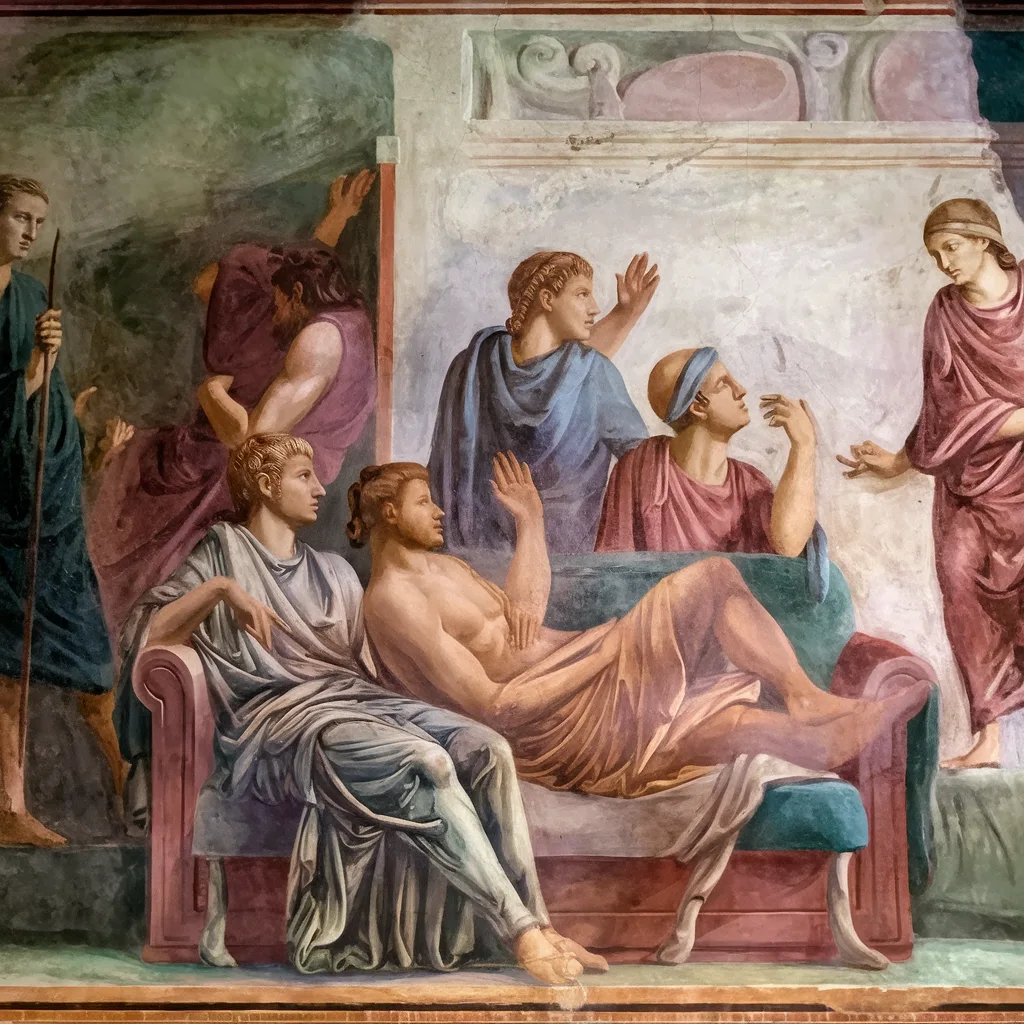
Being a bread baker in ancient Rome was both a prestigious and wealthy job. The men who ran the bread and commercial ovens were popular and respected. They frequently ran for political office and influenced civic elections.
Gladiators’ Armor Was Only for Show
If you believed there was only one type of gladiator in ancient Rome, you were greatly mistaken. It is thought that there were over 24 different sorts, each with their armor and weaponry for use in the arena. It may have looked impressive, but it was primarily for show.
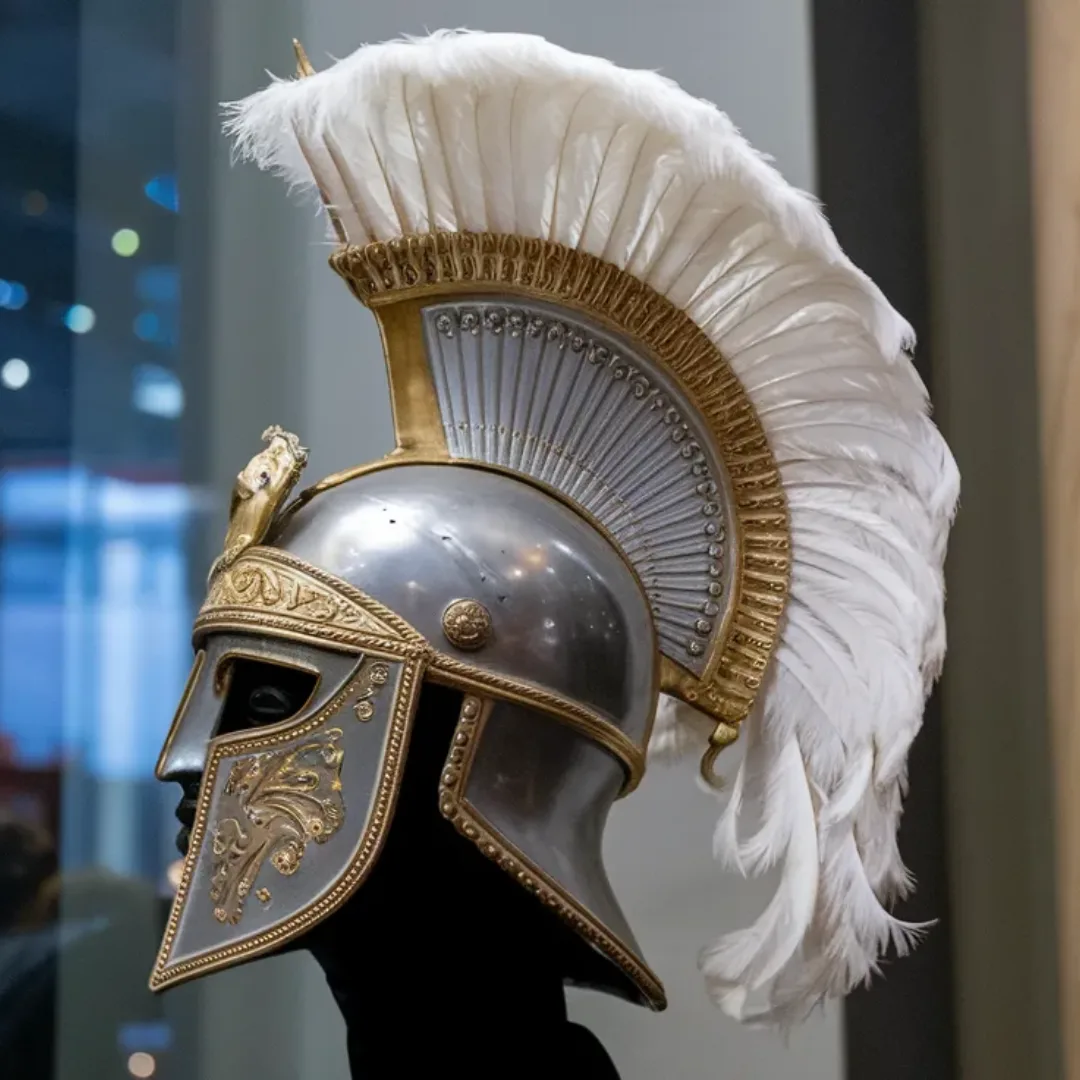
The armor was not designed to resemble actual battlefield armor. While some gladiators wore full sets of armor, others wore light armor to allow for more movement while fighting. It was created to keep things fair and more enjoyable for the audience.
There Were No Trained Doctors or Hospitals
Anyone requiring significant medical assistance in ancient Rome was very much out of luck. There were no trained doctors back then, and the closest thing to a hospital was a tent on the battlefield where men might relax.
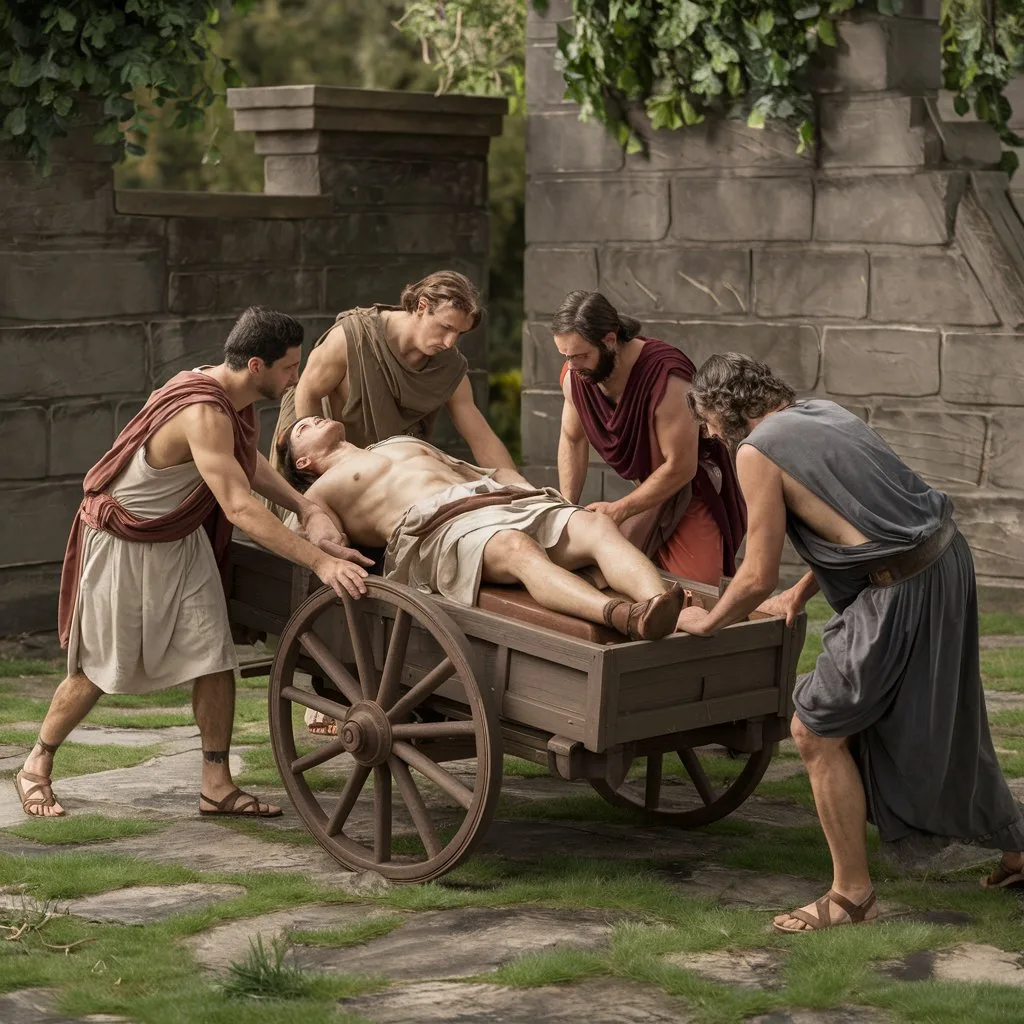
Instead, Roman residents had to rely on self-proclaimed doctors, a title that anybody might claim with no recognized credentials. Success was frequently defined by the capacity to keep people alive rather than advancing medical knowledge. Because autopsies were not permitted in Rome, individuals knew little about the insides of the human body.
Justice Was Based on Social Status
In ancient Rome, social position had a significant impact on justice. Although there was no police force, this did not excuse people from acting responsibly. If someone killed another, it was up to the victim’s family to seek justice, which usually resulted in the offender’s execution, unless they were of a higher social position.
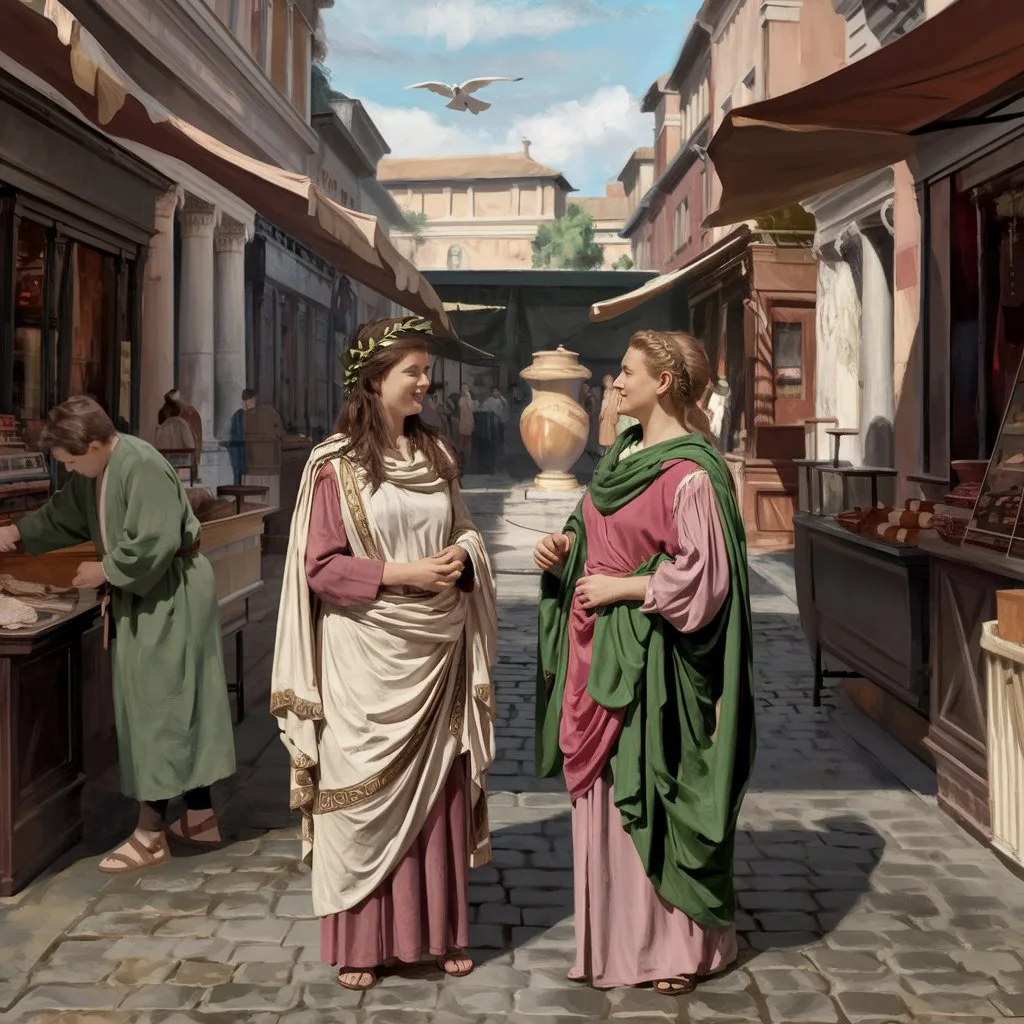
The court system was finally established, allowing complaints against higher-level officials, but wealth frequently influenced the outcome. The privileged were frequently spared harsh punishments because of their perceived contributions to society, but lower-status individuals were punished harshly. This arrangement maintained a sense of social order while still benefiting the powerful.
Branding Started in Rome
Nowadays, it’s rather normal to sign something you’ve created. It turns out that this practice is not new; individuals in Rome used to brand their products before selling them. Everything was branded, including bread, ceramics, and glasses.
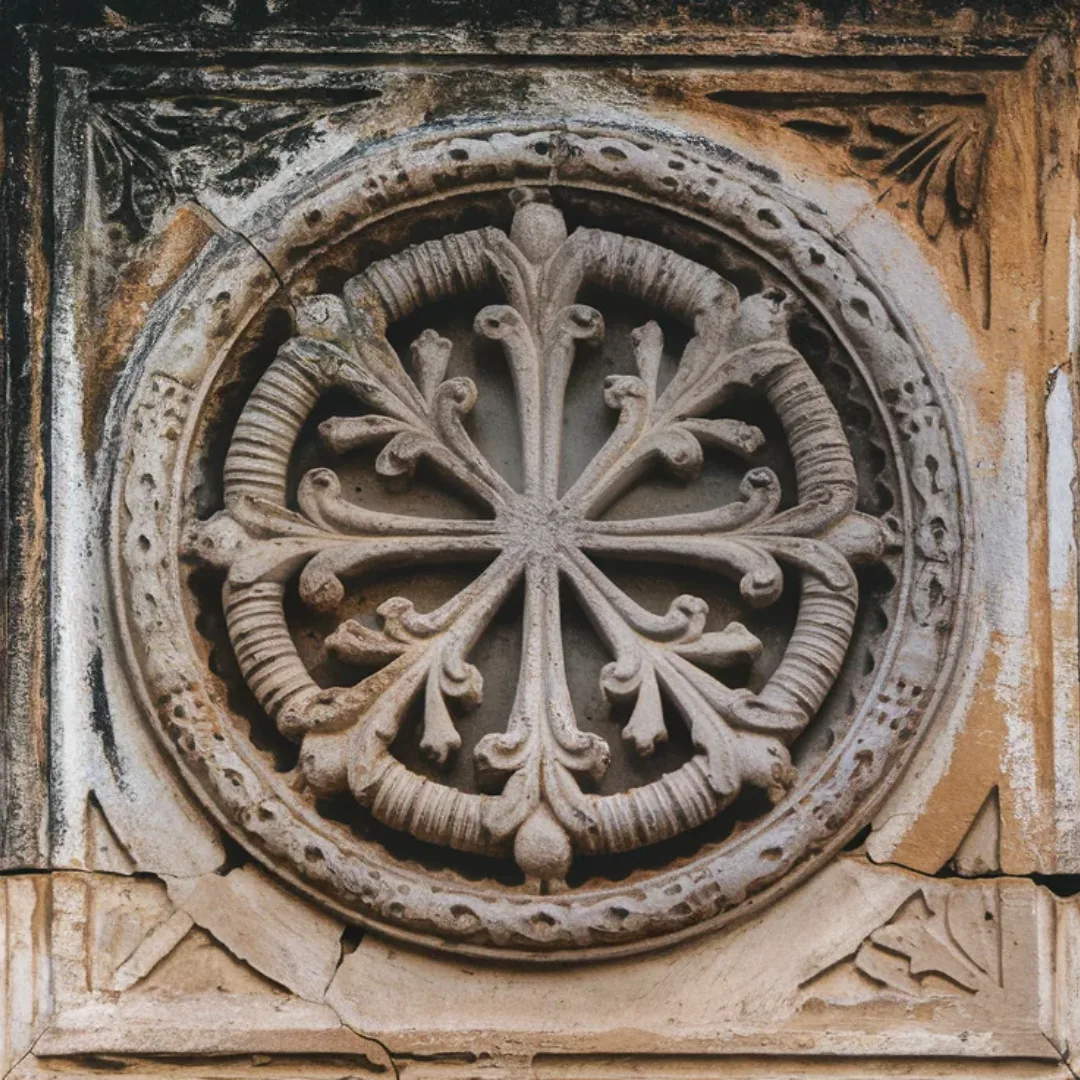
One of the most well-known examples was Aulus Umbricius Scaurus, a Pompeii resident known as a famed fish sauce maker. He was so skilled at marketing and branding his name on mosaics, pottery, and fish sauce bottles that Aulus Umbricius Scaurus appeared on around 29% of fish sauce vessels in Pompeii.
Rome Was Covered in Billboard Advertising
Companies now spend millions of dollars on advertising, particularly for significant events such as the Super Bowl. But did you realize that this was going on way back in ancient Rome?
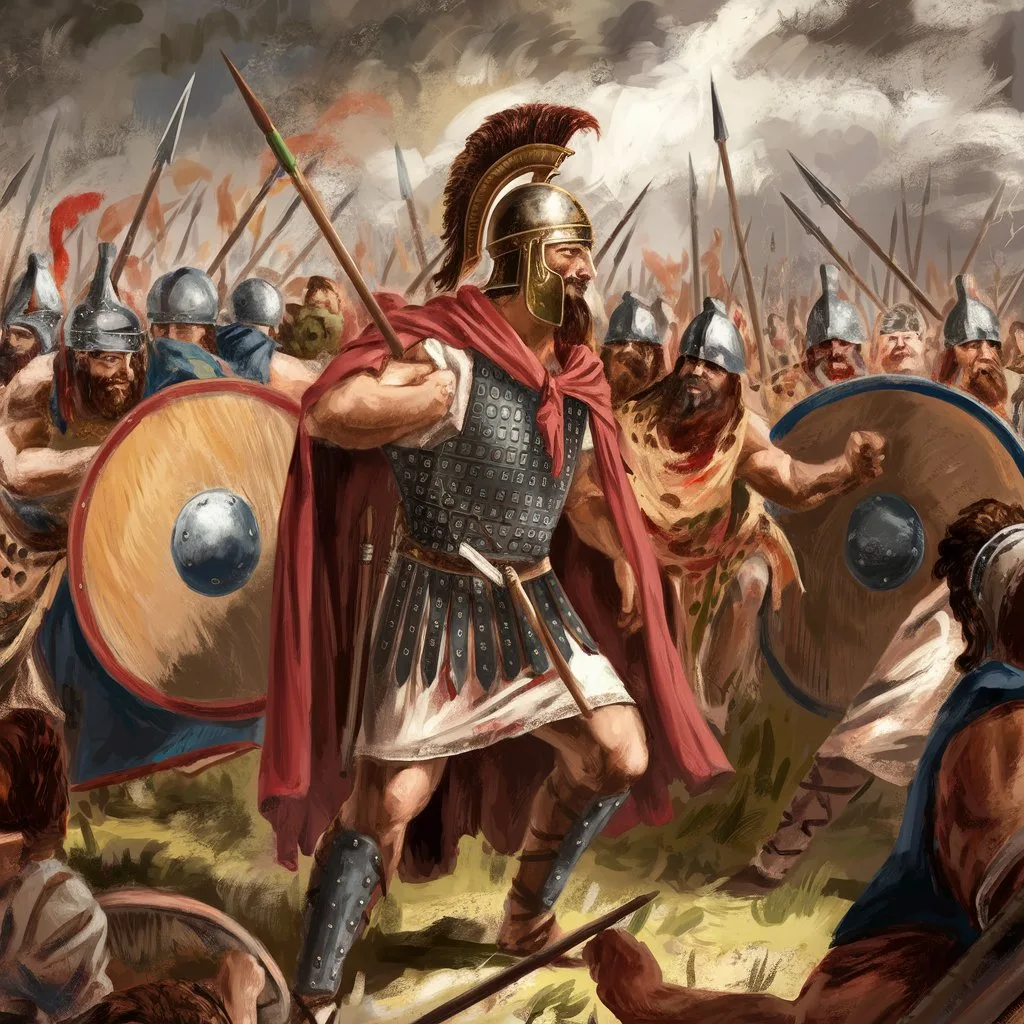
The Roman Games were a huge event in the city, and you might be shocked to hear how heavily they were promoted. Emperors would commission massive murals on walls, individuals would graffiti depictions of certain gladiators, and freebies were distributed in the streets to encourage people to come. Emperor Augustus even employed real crocodiles to promote his games.
Worshipping the Many Gods
The Roman Empire was a polytheistic civilization, which means it recognized and worshiped at least 67 gods and goddesses. That doesn’t even include all the demigods!
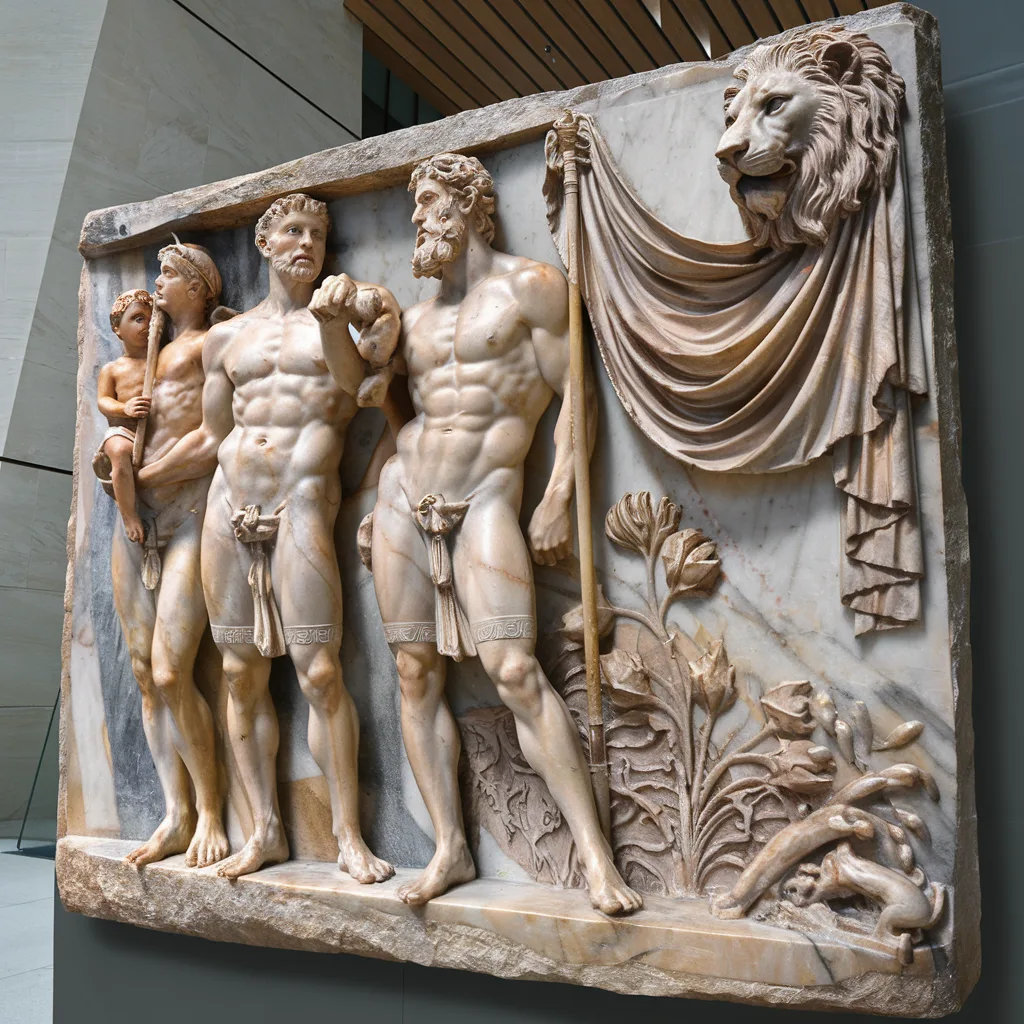
Jupiter, Juno, and Minerva were among the most important deities, and ancient Romans thought that spirits protected and ruled everything, including rivers, trees, and their dwellings, so they frequently built shrines for them. These were not only used for worship but also to display their affluence. The more spectacular your shrine, the more prosperous you were in Roman society.
One Goddess Had Her Cult
Cybele was one of the most culturally significant deities that the ancient Romans adopted from other nations. Cybele, also known as Magna Mater (the Great Mother), was a Phrygian goddess who represented fertility, motherhood, and the earth. She even had her own cult of believers who performed some intriguing rites.
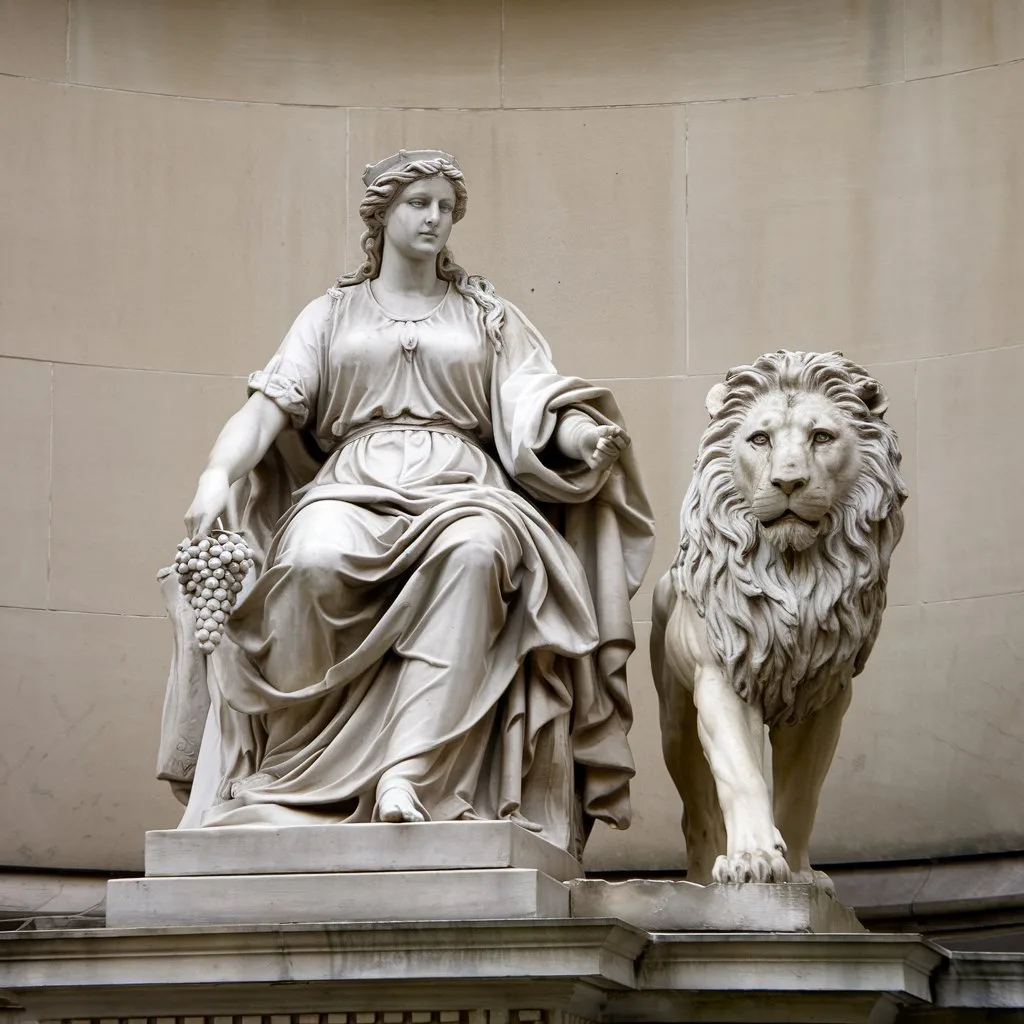
Cybele’s worship included ecstatic ceremonies, with males castrated to serve her. In 204 BC, the Roman Senate officially recognized Cybele’s cult, and the Megalesia, an annual festival in her honor, rose to become one of Rome’s most prominent religious events.
Octopus Was the First Urban Legend
If stories from ancient Rome are any indication, urban legends are not a recent phenomenon. Aelian, a 3rd-century AD writer, was one of the first to record what is now regarded as one of the early urban legends, the account of a monstrous octopus that frightened Puteoli.
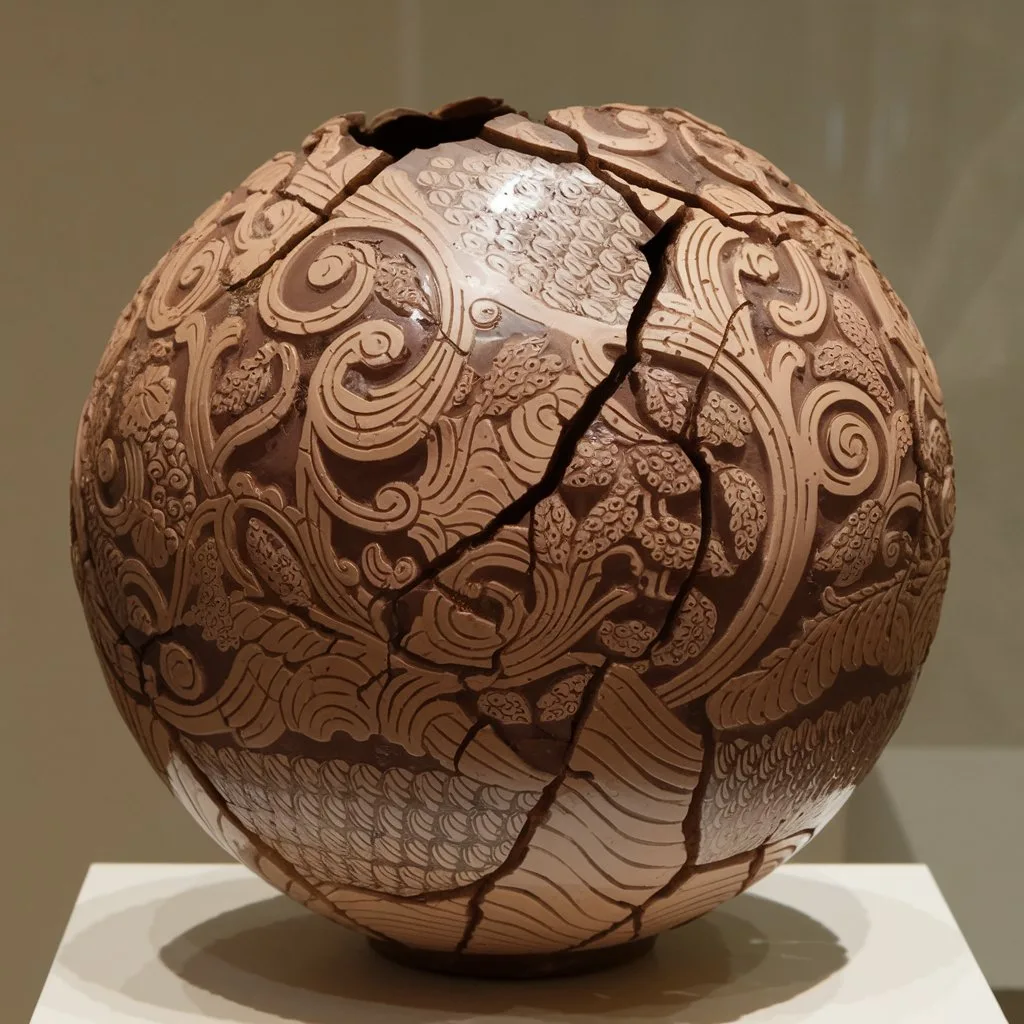
According to folklore, the octopus became tired of its sea diet and wandered into the city via the sewer system to eat pickled fish in a merchant’s shop. The beast was so enormous that it required a collaborative effort to capture or kill it.
Female Slaves had a Tough Time
Female slaves in ancient Rome lived tough and often brutal lives, with little influence over their fate. They were considered property and may be purchased, sold, or punished according to their owners’ wishes.
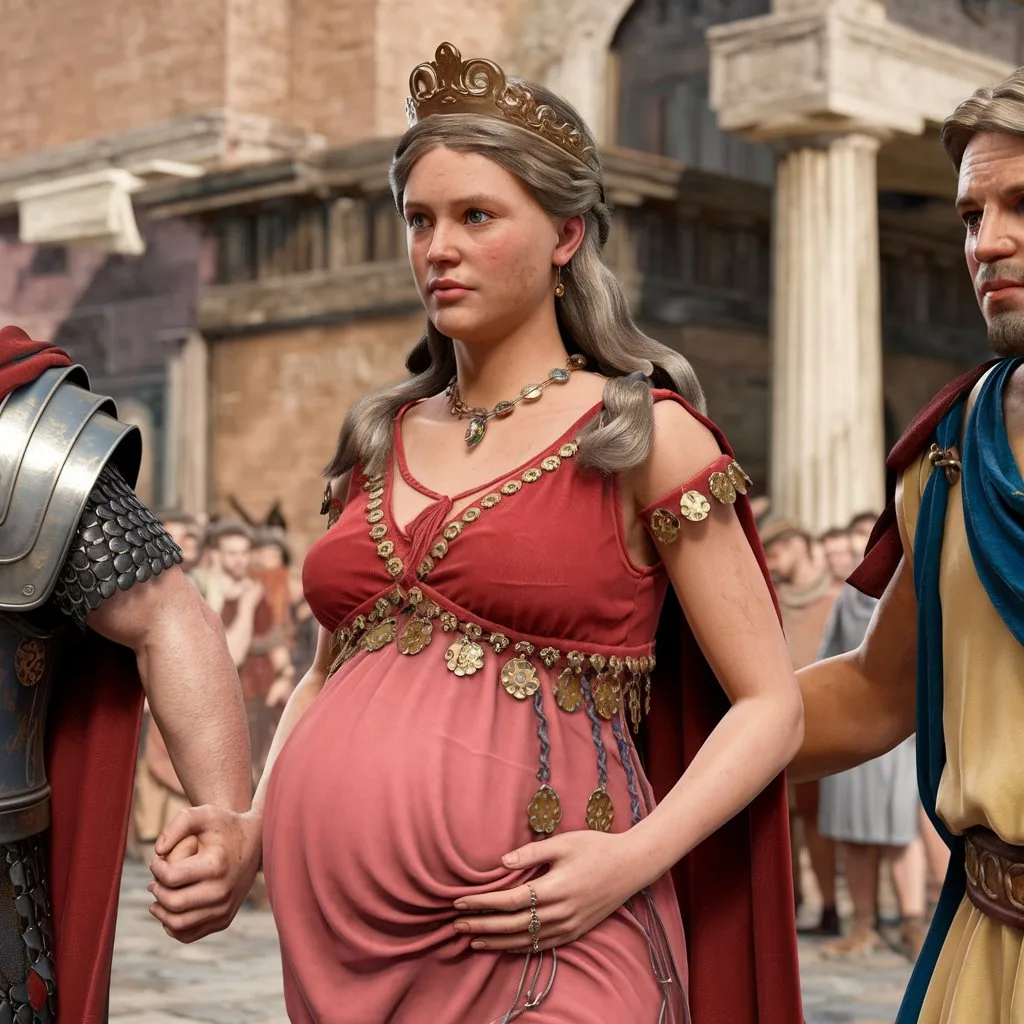
Some female slaves worked as domestic servants, while others were pushed into more personal roles like concubines or performers. These women frequently had to suffer arduous work and mistreatment, but a handful were able to earn their release or establish authority inside the home by cunning and fortitude.
Cold Plunging is Nothing New
In Ancient Rome, bathhouses were not just for relaxation but also for fitness. Many thermae featured palaestrae, or exercise areas, where patrons could engage in various physical activities before their bath.
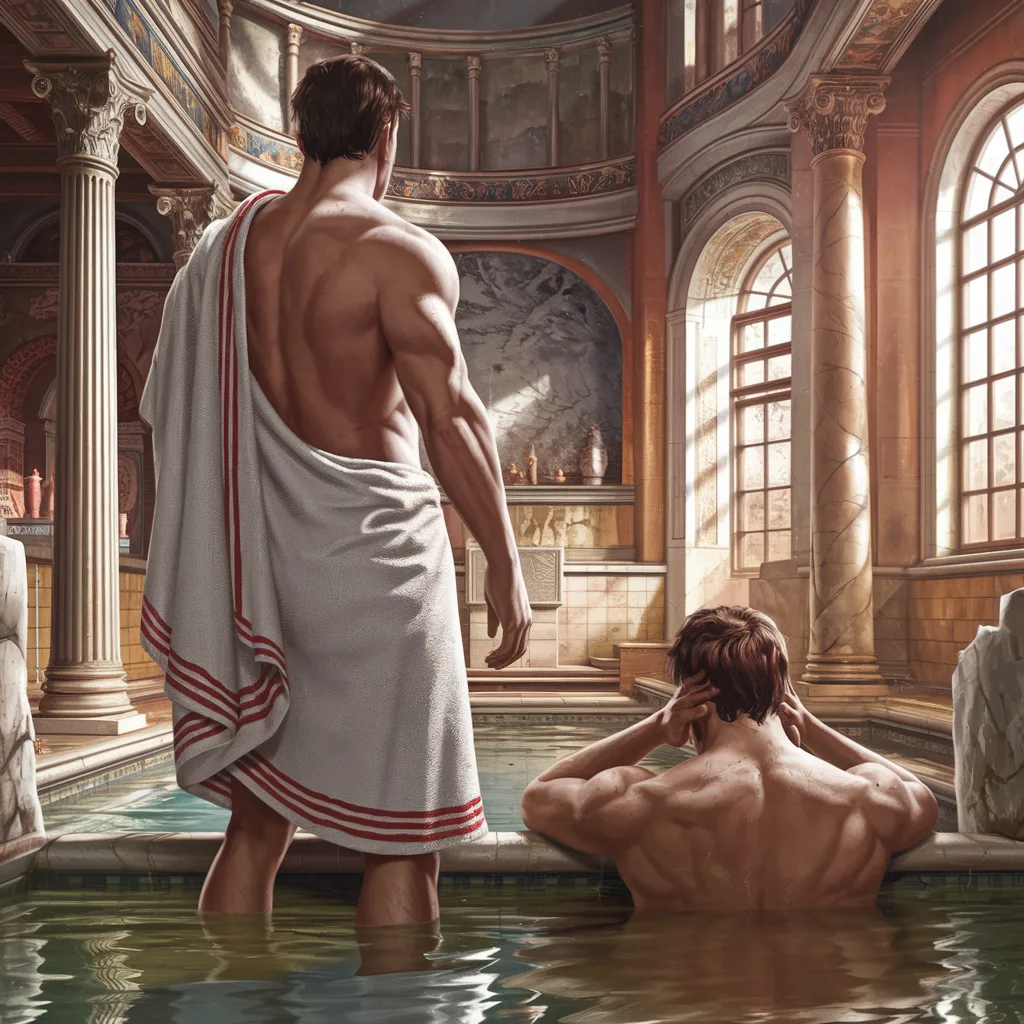
Wrestling, weightlifting, and ball sports were all part of the training programs, which helped to preserve physical abilities. Bathers would work up a sweat before relaxing and cleansing in the caldarium (hot bath), tepidarium (warm bath), and frigidarium (cold plunge), either alone or with their Roman companions.
Praying Looked Very Different
Religion was an important part of daily life in ancient Rome, and people frequently prayed to the spirits around them. Because the gender of these spirits was frequently unclear, they would address them as “god or goddess” to avoid offending them, as getting their gender wrong may result in them being disregarded.
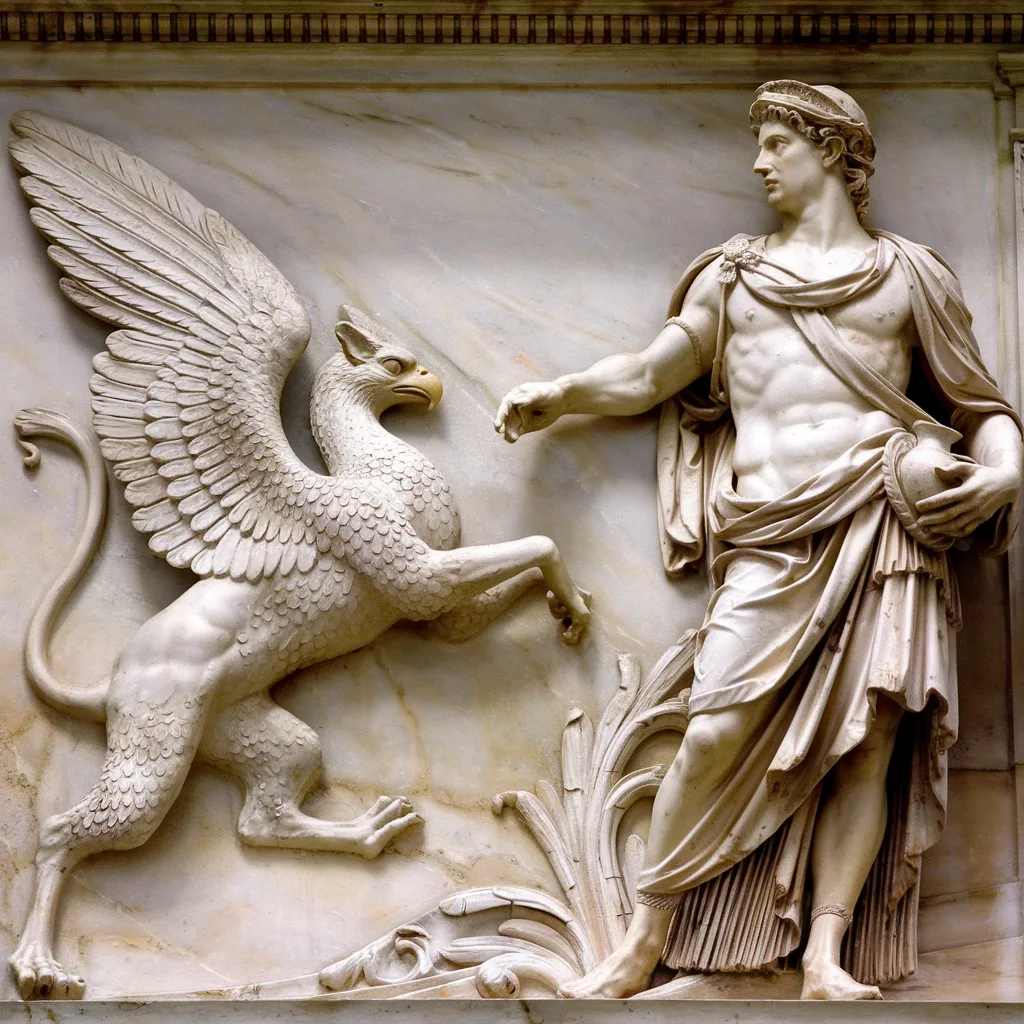
To ensure that their prayers were heard, the Romans tried everything and looked for loopholes in their religious rites. Rituals and sacrifices were frequent methods of appeasing these spirits, such as farmers sacrificing a pig before plowing the field. This approach was thought to compensate for disturbing the ground.
Baths Were Mostly Men-Only Zones
While some Roman bathhouses had specific times or distinct facilities for women, they were typically barred from the grandest and most sophisticated baths, which were predominantly male-only. This exclusion was largely due to the Roman social structure and moral rules, which valued modesty and regulated gender interactions.

Furthermore, Roman men saw the baths as important places for social, political, and business networking, from which women were frequently excluded. Despite clean facilities, cultural norms severely curtailed women’s access to and participation in these major communal activities.
It Paid to Be a Chariot Racer
Did you know that most of the chariot racers in ancient Rome were slaves? Chariot racing was a profitable enterprise, particularly for the racers themselves. That is why, despite the danger, many slaves willingly participated, knowing that success meant a large cut of the profits.
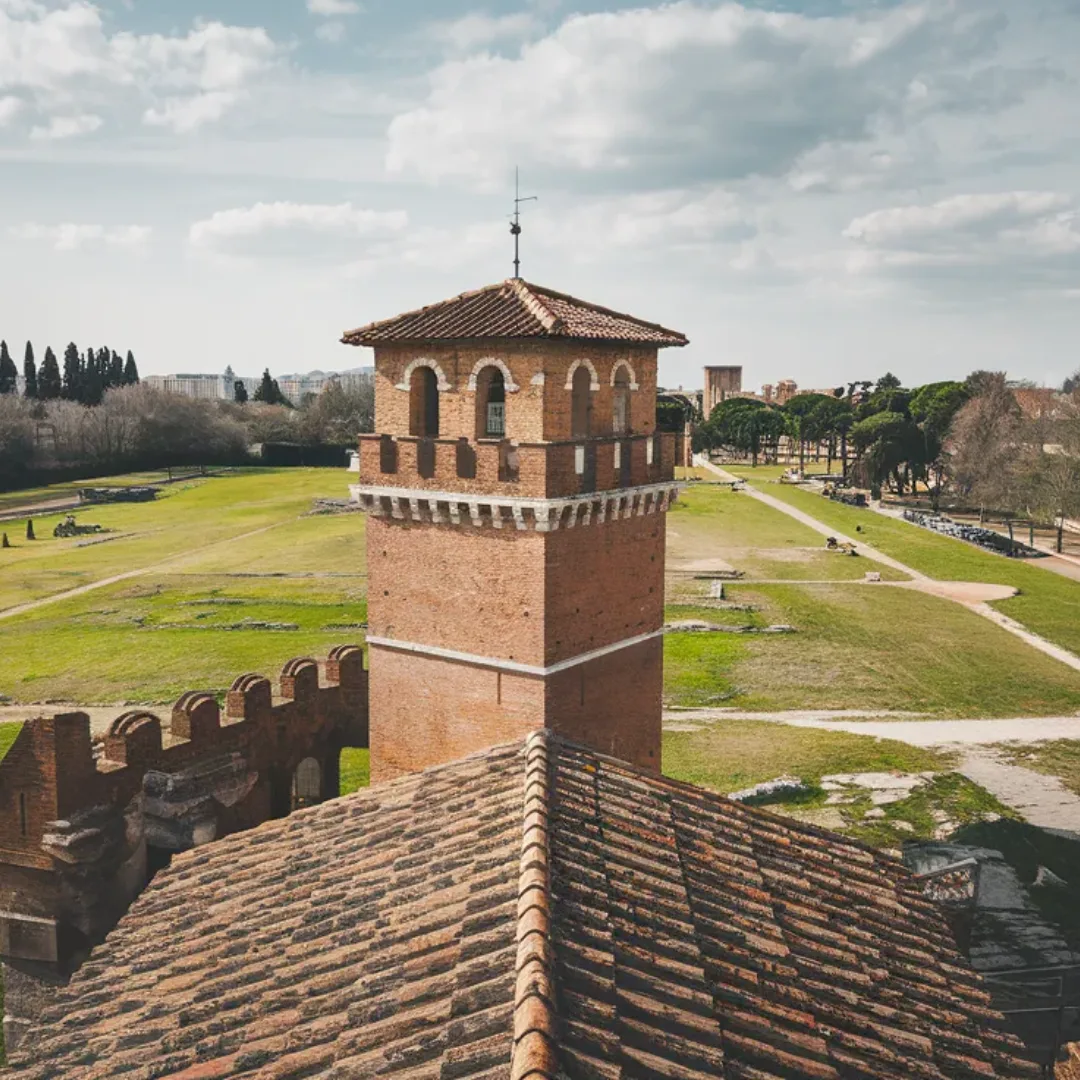
Betting on chariot races was also common. Some riders would even wager on themselves in the hopes of winning big. In case you’re wondering, there was no loyalty either. Drivers frequently moved teams to join the more successful ones (white and red).
Slaves Wore Plaques as Punishment
Slaves who sought to flee or demonstrated wrongdoing were sometimes punished by being compelled to wear a “furca” or a plaque around their necks in ancient Rome. This plaque, known as a “titulus,” would generally include inscriptions specifying the slave’s name, transgression, and contact information for their owner, effectively serving as a sort of public shame and deterrent to future disobedience.
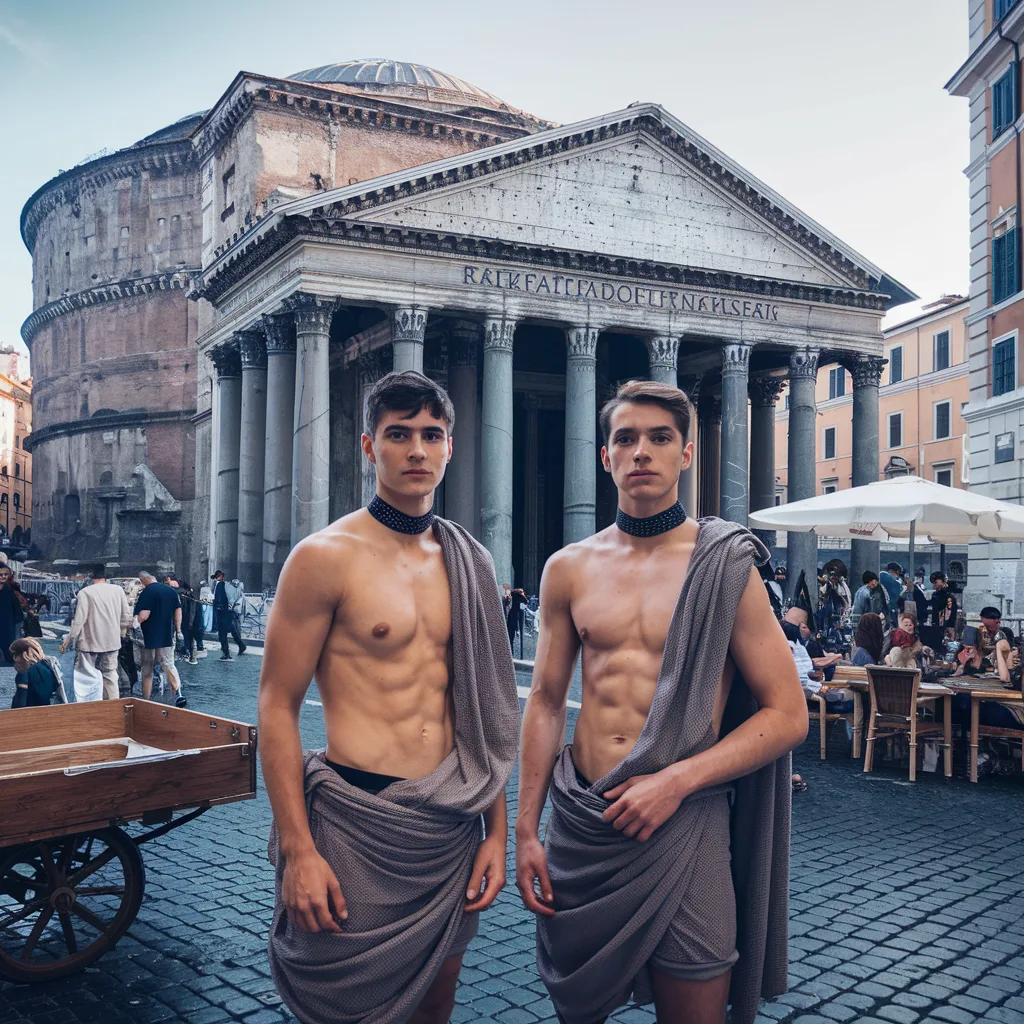
These plaques not only represented the slave’s position but also made it simpler to apprehend and return them if they attempted to flee again, reinforcing slave owners’ control.
Was the “Thumbs-Down” From “Gladiator” Real?
Gladiator, an epic film, brought ancient Rome to life on screen. One of the most classic sequences is when the emperor determines the destiny of the gladiators by pointing his thumb up or down. But did that happen in the stadiums of Rome?
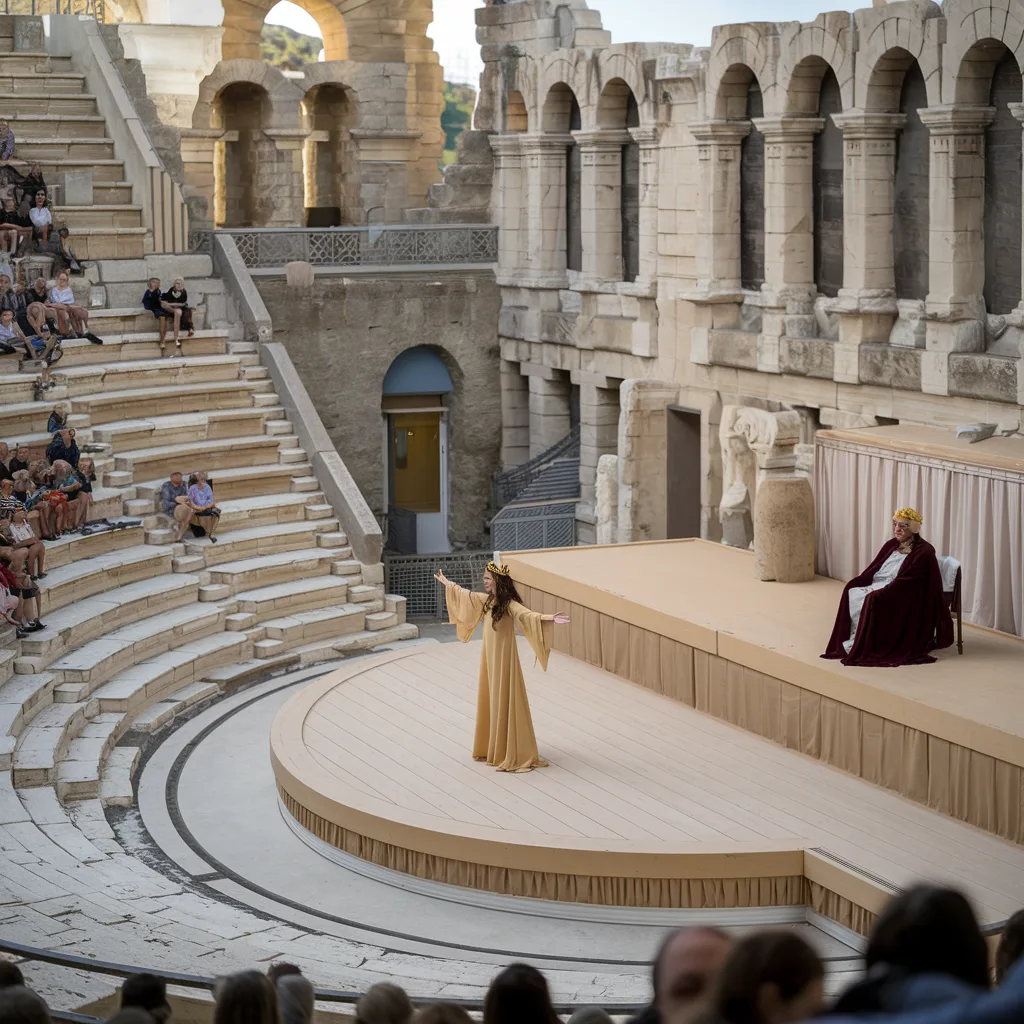
There has been much disagreement regarding what the particular gestures indicated and whether the judges used their thumbs in the first place. Some historians argue that contrary to the movie, a “thumbs down” meant the losing gladiator would be spared, and a “thumbs up” meant he would be slain.
Emperors Mingled at the Baths
The Romans used public baths daily, and it didn’t take long before they became breeding grounds for ailments. However, emperors continued to visit the baths, just like local celebrities, to mix with the populace and support their public campaign.
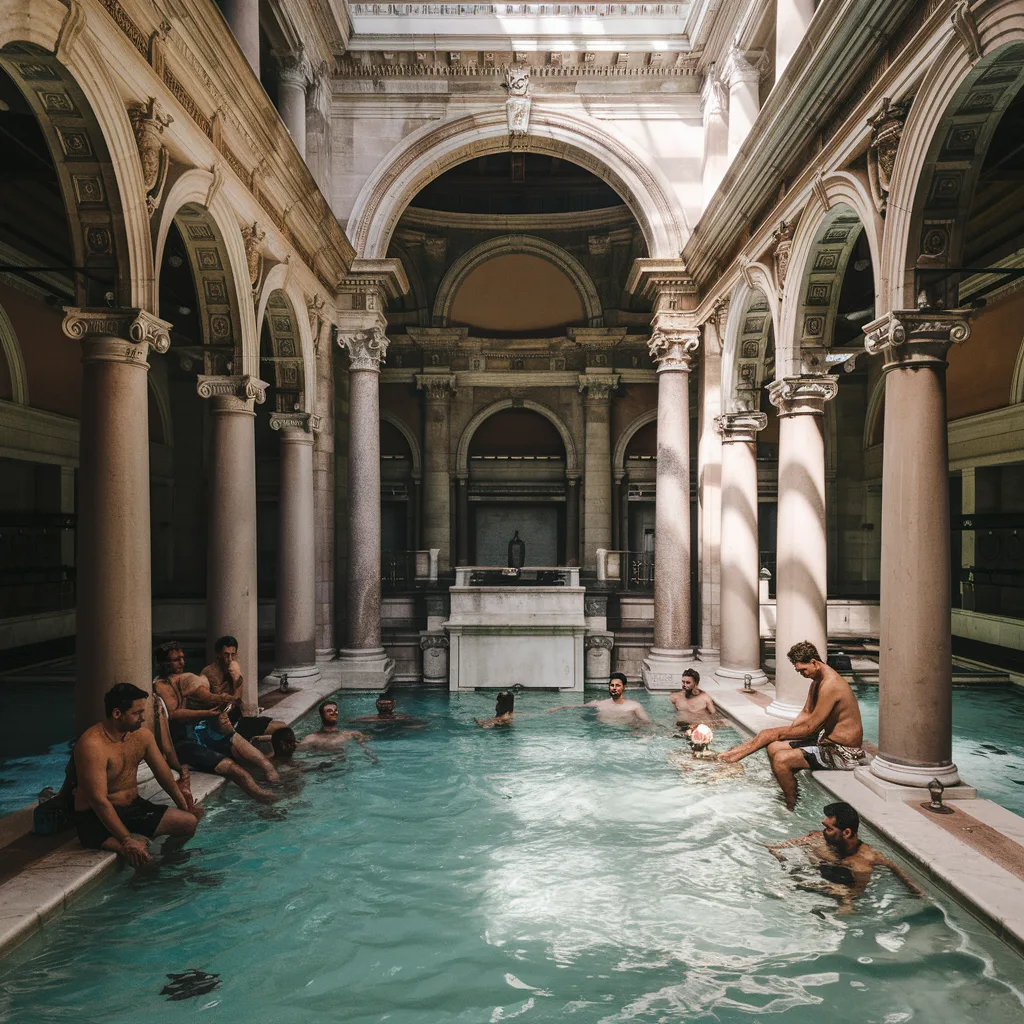
While ordinary plebeians rubbed against stone walls or used oil to exfoliate at the baths, emperors had the luxury of an entourage to attend to their every need. These individuals were in charge of transporting their robes, applying oil to the emperor’s skin, and scraping everything off with a strigil.
Marble Heads Without Bodies
Anyone who has visited a museum will have seen numerous statues depicting famous personalities from the ancient Roman period. Have you ever wondered why so many marble heads of Roman senators, philosophers, and emperors lack bodies?

This odd situation occurred because creating entire marble statues was time-consuming. Some emperors had such brief lives and reigns that they died before the artist could complete sculpting their entire body. It was significantly more efficient to manufacture detachable heads that could be interchanged on a single body.
Inflation Caused Financial Strain
Inflation has been a social issue since the days of ancient Rome. Currency fluctuated throughout the Roman Empire, and many emperors attempted various ways to combat it. Financial hardship was prevalent because prices were frequently determined by people’s wages.
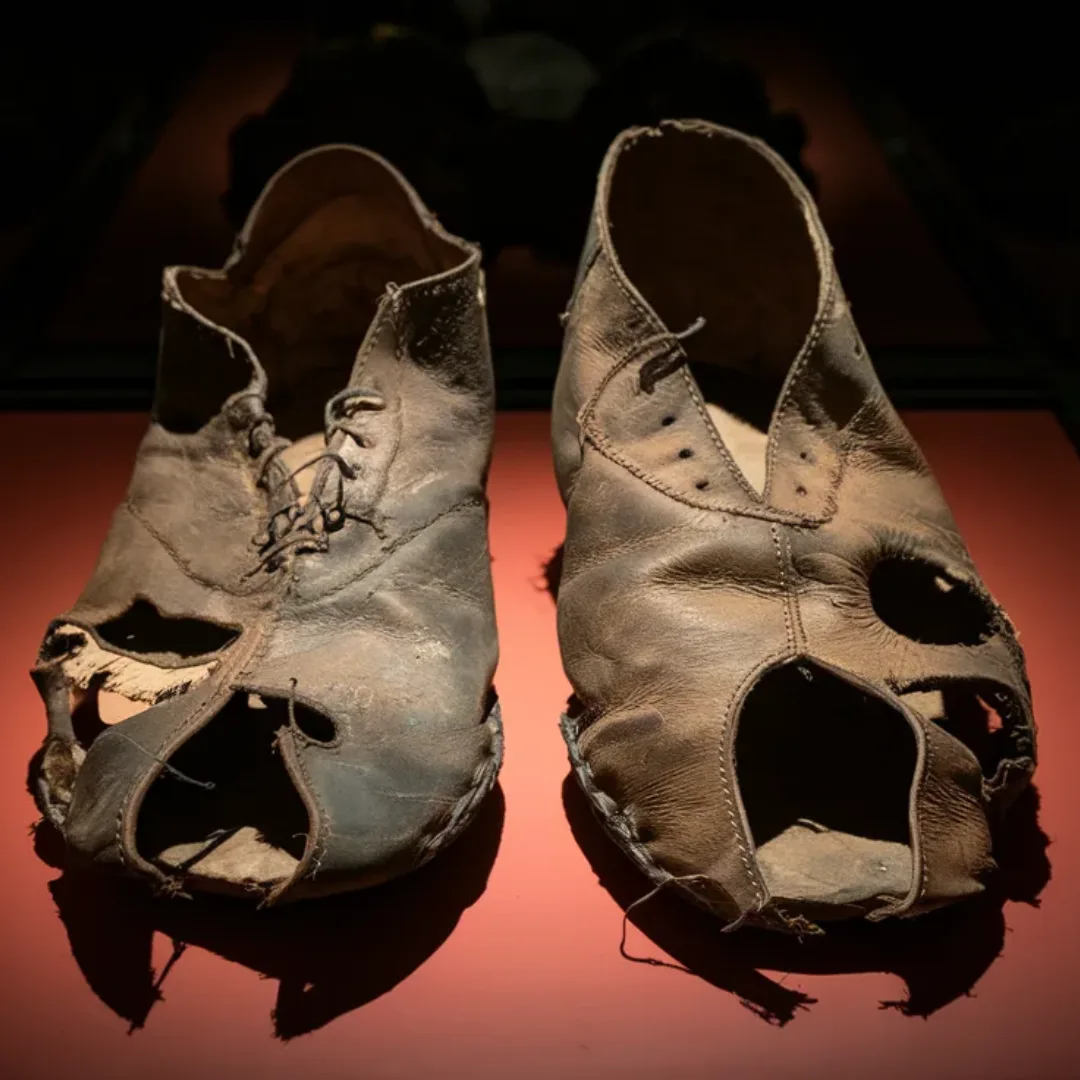
Emperor Diocletian imposed price controls to combat inflation, but they proved ineffective. There was a significant wage disparity between farmers, painters, and skilled craftspeople. This meant that even basic items like boots could cost weeks of work.
Rome Overflowed With Imported Goods
Rome was a successful civilization, particularly in terms of population increase. It wasn’t long until there was considerably more demand than supply for their growing population, so the solution was to import things from all around the Mediterranean, with each country offering something new and fascinating.

From wood and salt to pigs, ivory, and gems, Rome’s markets were brimming with goods. It meant that Romans might experience the delight of products from around the world. However, the imported products were only available to those who could afford them.
Emperor Nero’s Reign of Tyranny
Emperor Nero was the great-great-grandson of Rome’s first emperor, Augustus. He rose to power in 54 A.D. at the age of 17, and following a disastrous 14-year reign, he became renowned as the worst king in Roman history.
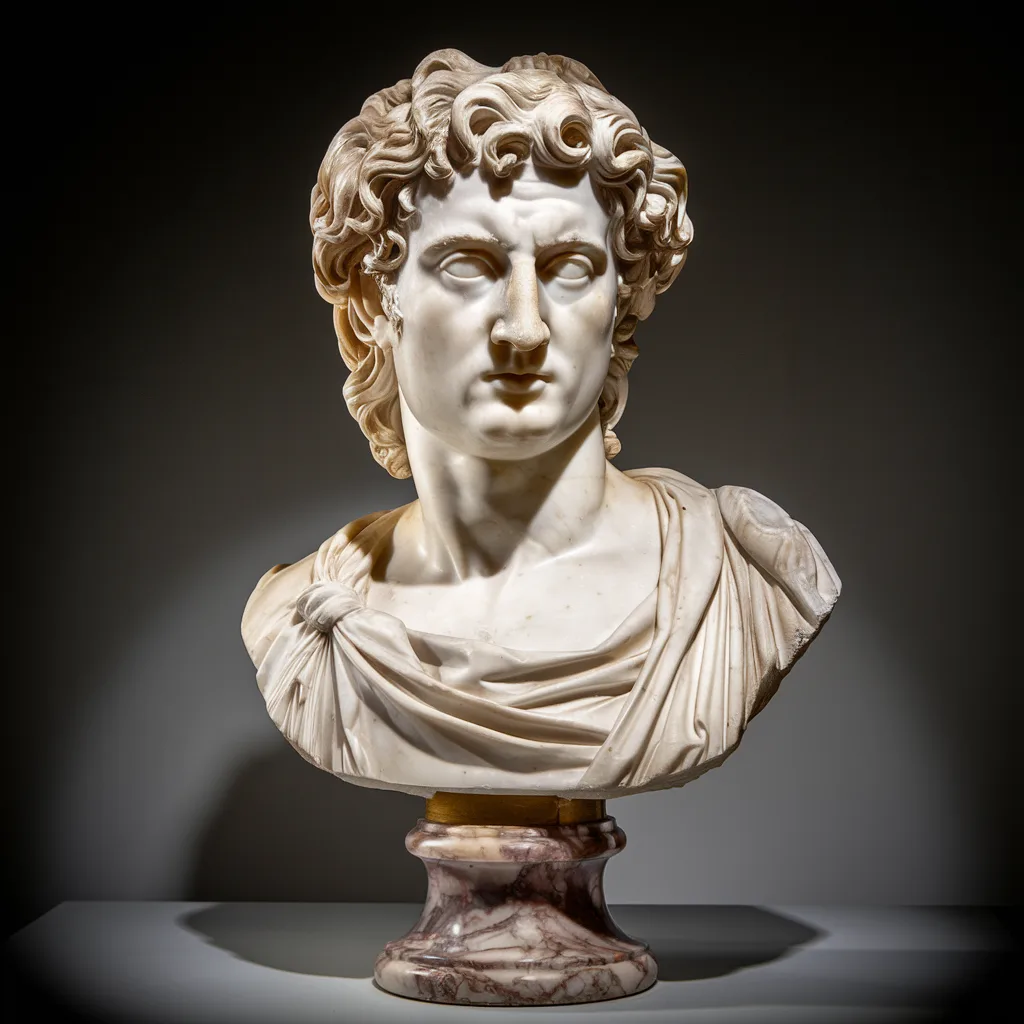
Sure, he deserves credit for changing the tax code and boosting Rome’s food supply, but he also had some questionable interests. Nero was reputed to spend his time in disguise, walking the streets, stabbing people, and tossing their remains into sewers. Only after the Senate condemned him to death did his tyranny cease.
Romans Loved Chariot Racing
Chariot racing was the most popular sport in ancient Rome, surpassing gladiator combat. It was similar to the ancient form of NASCAR, but far more deadly. The races began with a dramatic parade through Rome’s streets, building anticipation before the chariots thundered into arenas such as the impressive Circus Maximus, where over 200,000 enthusiastic spectators waited.
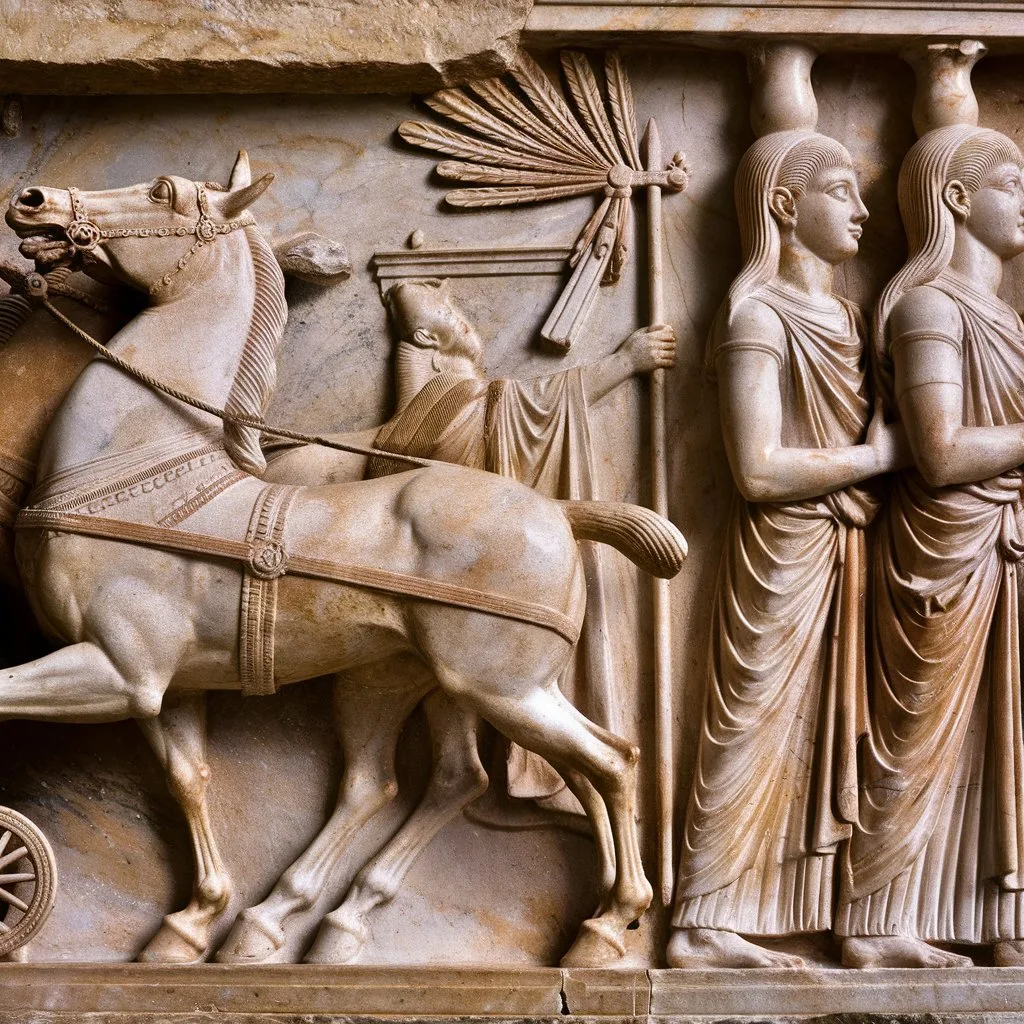
Charioteers raced for various teams, designated by their colors—red, white, blue, and green—each with a passionate fan base of people from all socioeconomic backgrounds watching as they raced at breakneck speeds around the 2,000-foot-long sand track.
Communal Bathrooms Often Exploded
The sewer system across ancient Rome was far from what it is today, but it was an incredibly impressive feat at the time. Constructed in the 6th Century BC, the Cloaca Maxima was designed as a sewage system to improve the growing city.
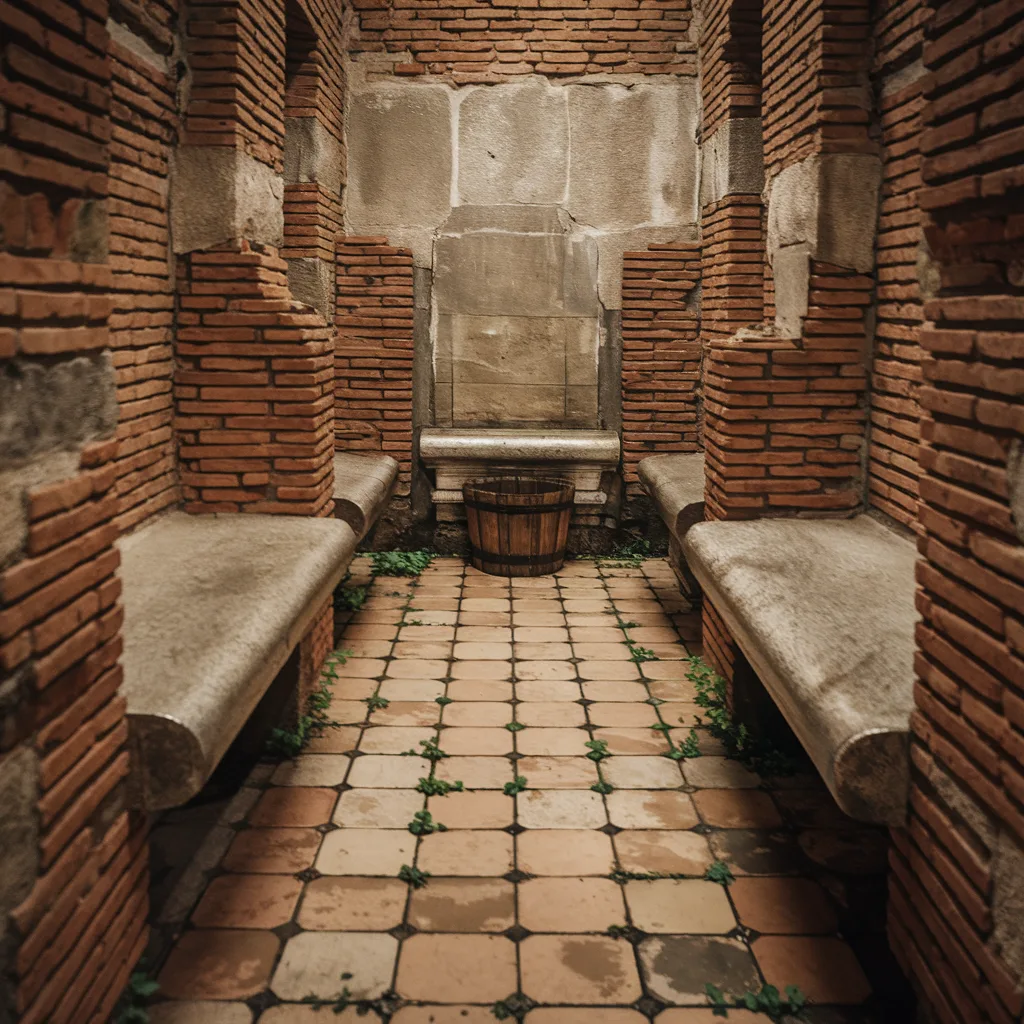
With so many communal bathrooms, known as latrines, sprinkled across public places, hazardous gasses such as methane quickly accumulated. Because the sewer system had vaulted ceilings and inadequate ventilation, it was susceptible to a rare explosion or toilet fire.
Public Turned on Emperor Pompey
Emperors in ancient Rome understood the necessity of maintaining popular support, as it was critical for political stability. The Roman Games were an important instrument for keeping the populace occupied. Even respected men such as General Pompey were not immune to the consequences of misreading the public mood.
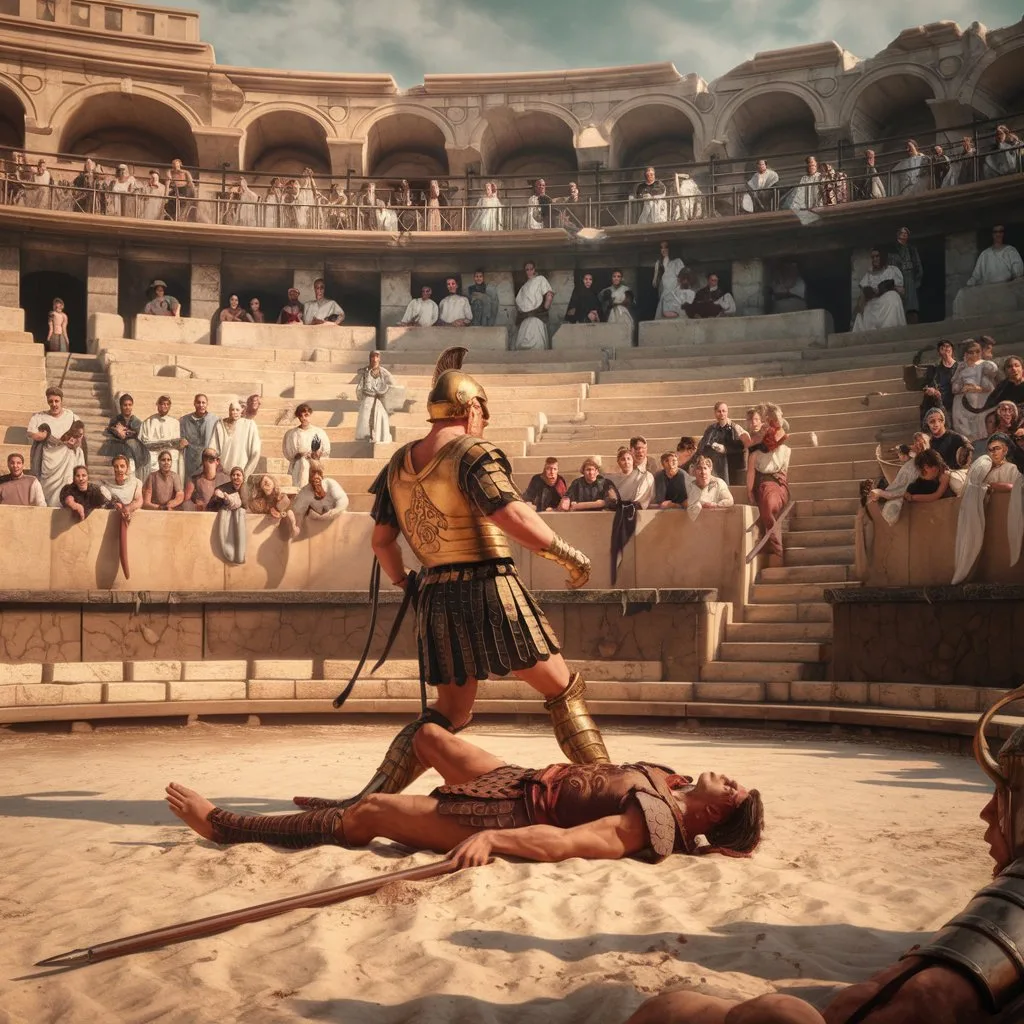
He made the contentious decision to involve 20 elephants in his Games, bringing them out one at a time to hunt. It backfired when the elephants attempted to flee, and the audience felt their misery. The audience turned on Pompey, cementing his legacy as one of history’s most despised rulers.
Romans Believed in Witchcraft
In ancient Rome, witchcraft and magic were firmly ingrained in society, both respected and feared. Despite legal attempts to restrict magic, it remained common, and many Romans sought assistance from practitioners like witches or sorcerers.
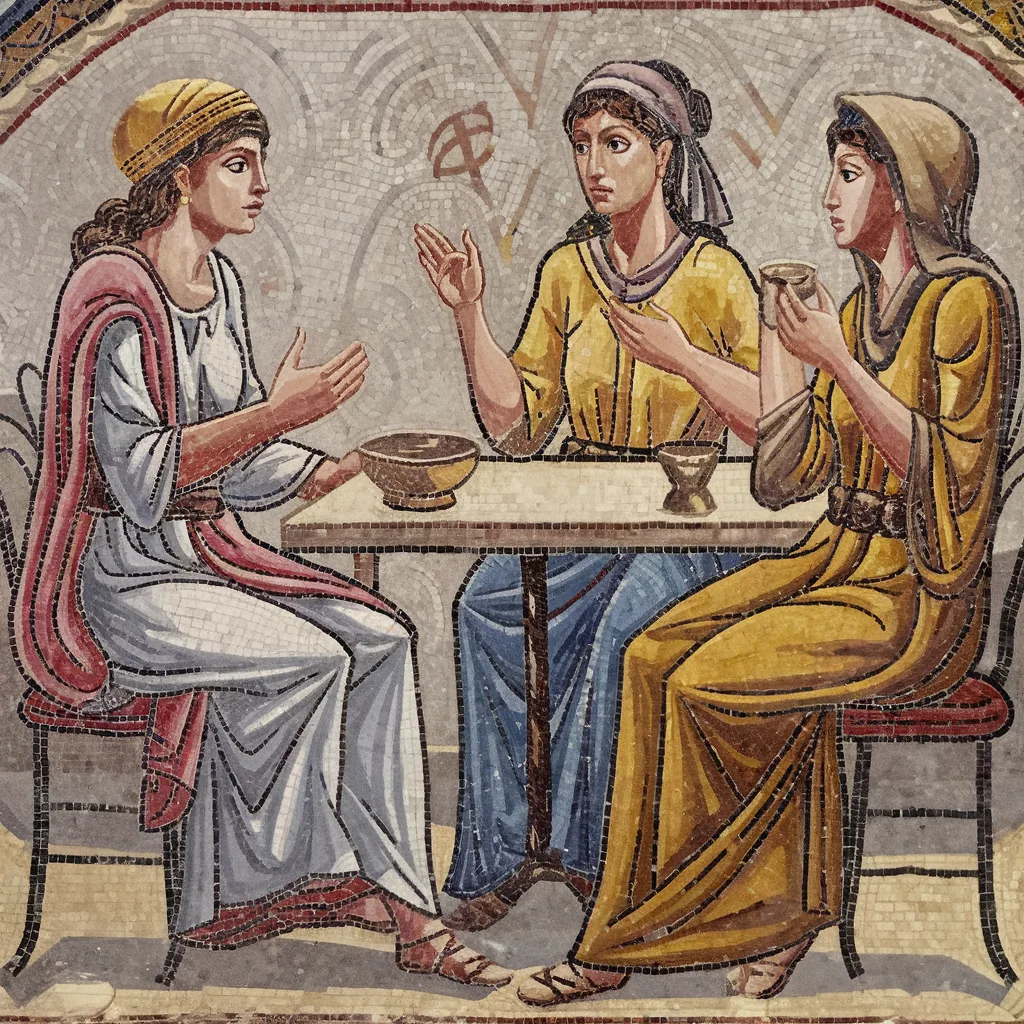
Typical methods included the employment of magical literature, binding curses, ritual objects, and spells. During the Republic and Imperial periods, people utilized poisons, which were thought to be magical potions, to achieve certain aims such as keeping people quiet or offering protection.
Romans Created the First-Ever Joke Book
Humor has been a staple in human civilization from its inception. Though the Romans appear serious, history demonstrates the reverse. The Philogelos, the first joke book, was created by the Romans in the 3rd or 4th century, during the fall of the Roman Empire.
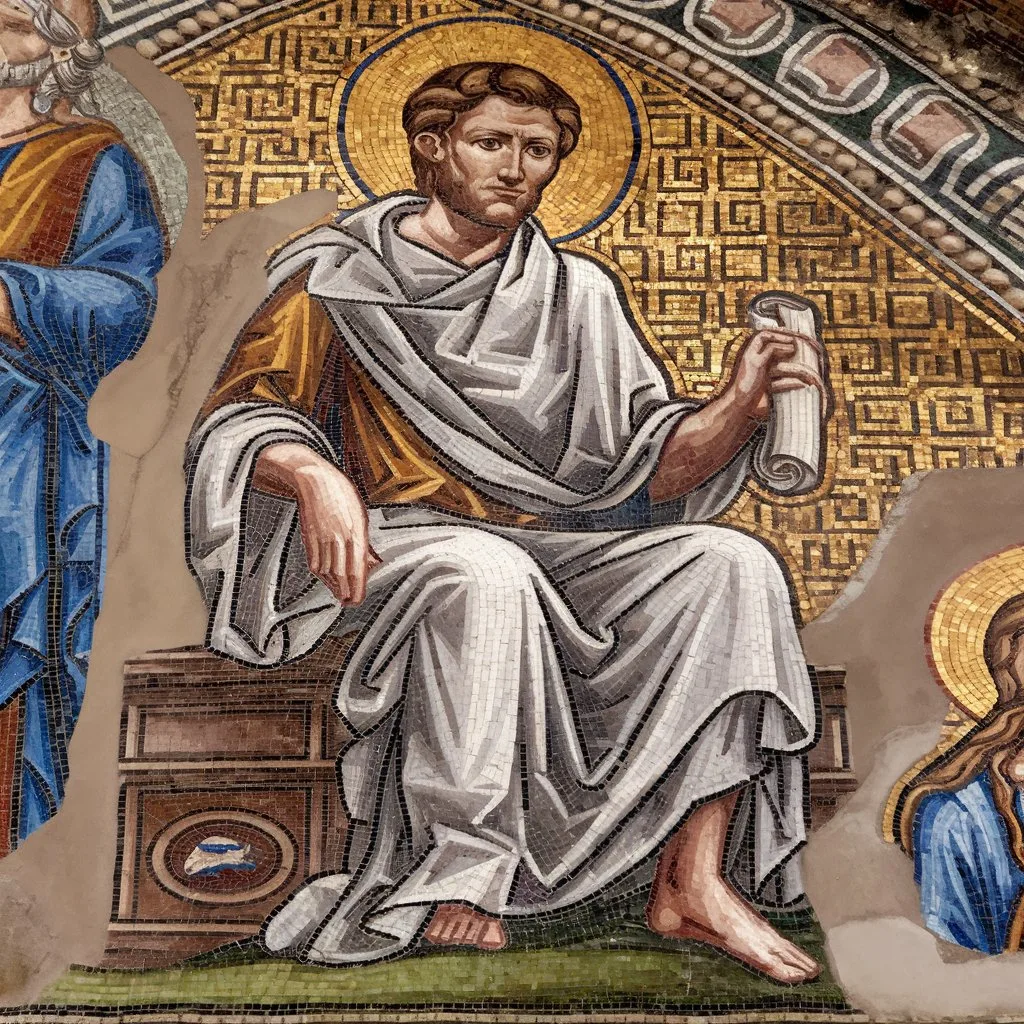
The book is titled “The Laughter Lover” and contains 265 jokes on marital infidelity, body functions, and social stereotypes. It’s hard to say whether they’d still be regarded as hilarious now, but it demonstrates that humor has always existed.
Gladiators Were Far From Glamorous
Gladiators were the celebrities of Rome. For centuries, these well-known figures have been the subject of poems and films, yet the reality of their lives was far more grim than is often portrayed. Gladiators lost their independence and were slaves to their Ianista, who oversaw every part of their existence, including a rigorous training and diet regimen.
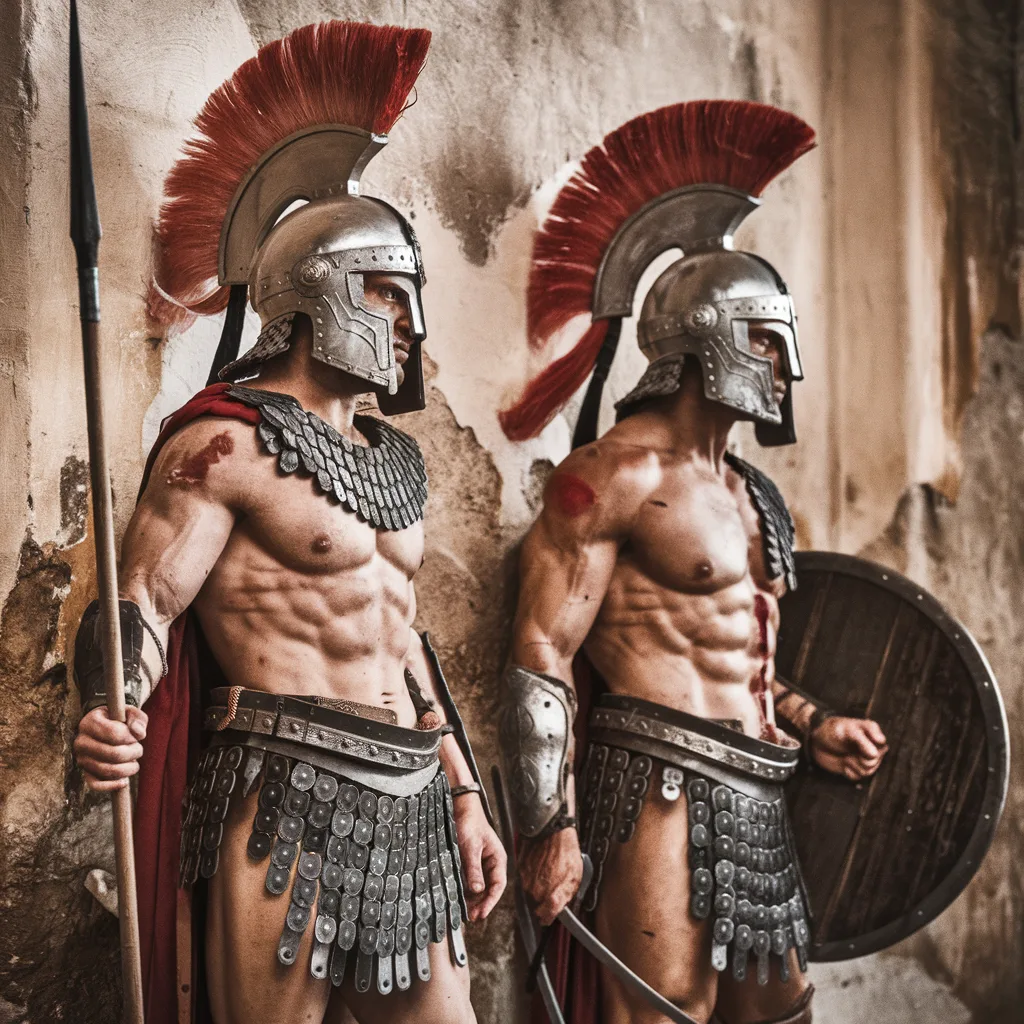
Most gladiators were social outcasts or former slaves, and individuals avoided becoming gladiators at all costs because it required them to give up their freedom for war. Some people took severe means to escape their conditions, such as killing themselves or fleeing the city.
Poor People Lived in High Rises
Rome was one of the first cities to have more than a million inhabitants. Of course, that meant they all needed a place to live, and Rome’s streets were notoriously packed with both people and houses.
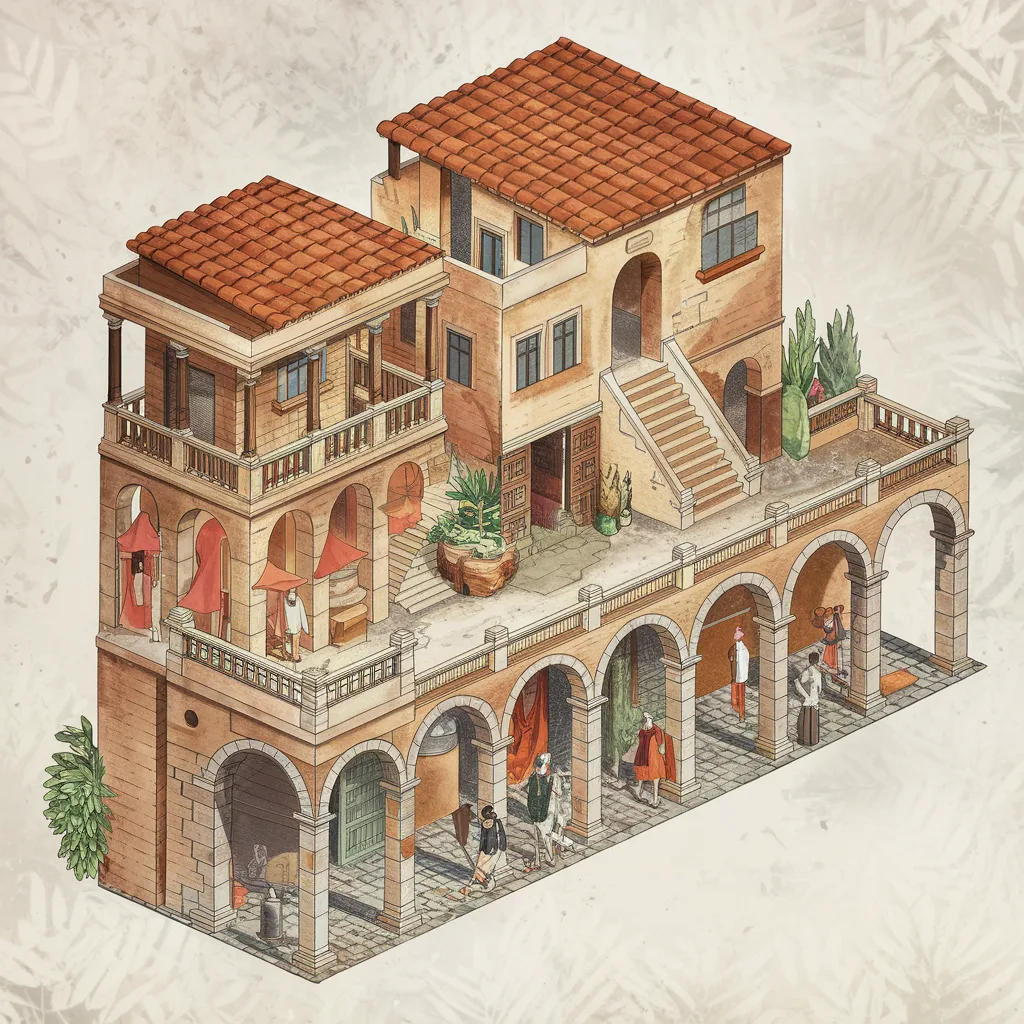
Their solution was to build upward rather than outward, resulting in high-rise apartment buildings known as “insula” that can tower up to 100 feet tall. The lower floors were reserved for individuals with more money, while the impoverished people were trapped at the top, at risk of fire and decaying infrastructure.
Slaves Endured Unimaginable Punishments
The experience of being a Roman slave varied greatly depending on their owners. Those working for landowners would frequently face strenuous physical labor, but slaves owned by the city would be responsible for the construction of public buildings.
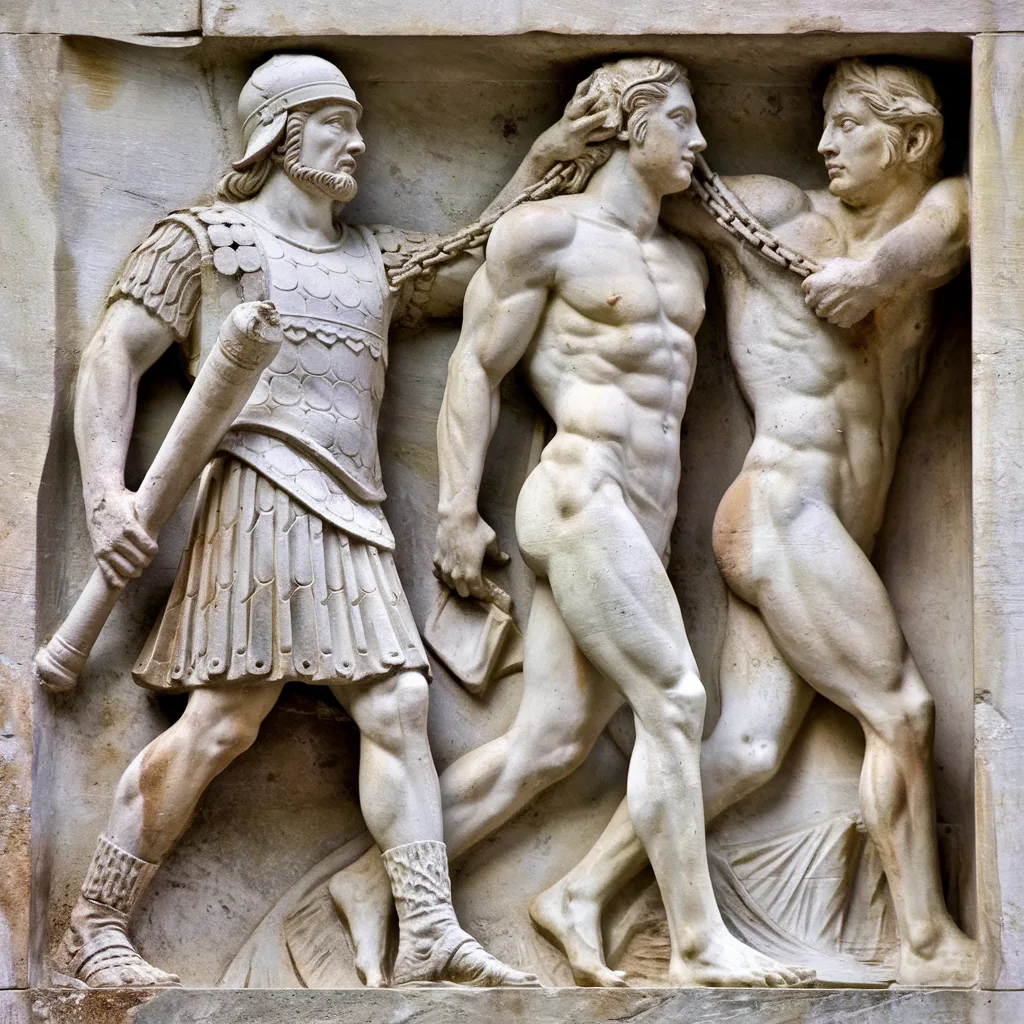
If a slave owner died, all of the slaves were subjected to torture, and if any of them were found guilty of a crime, they may all be executed. Emperor Augustus was notorious for being especially brutal to slaves, punishing them by dumping them into pools of eels. These terrible customs were only changed when Emperor Hadrian enacted legislation making it unlawful to kill slaves.
Romans Borrowed Gods From Other Cultures
As the Roman Empire grew, they were known for adopting cultural practices they came across. One of the most popular was to assimilate and incorporate gods and goddesses from other civilizations into their religious traditions. Roman soldiers would pray to the god of the individual city, inviting them to attend the celebrations in Rome after the territory was captured.
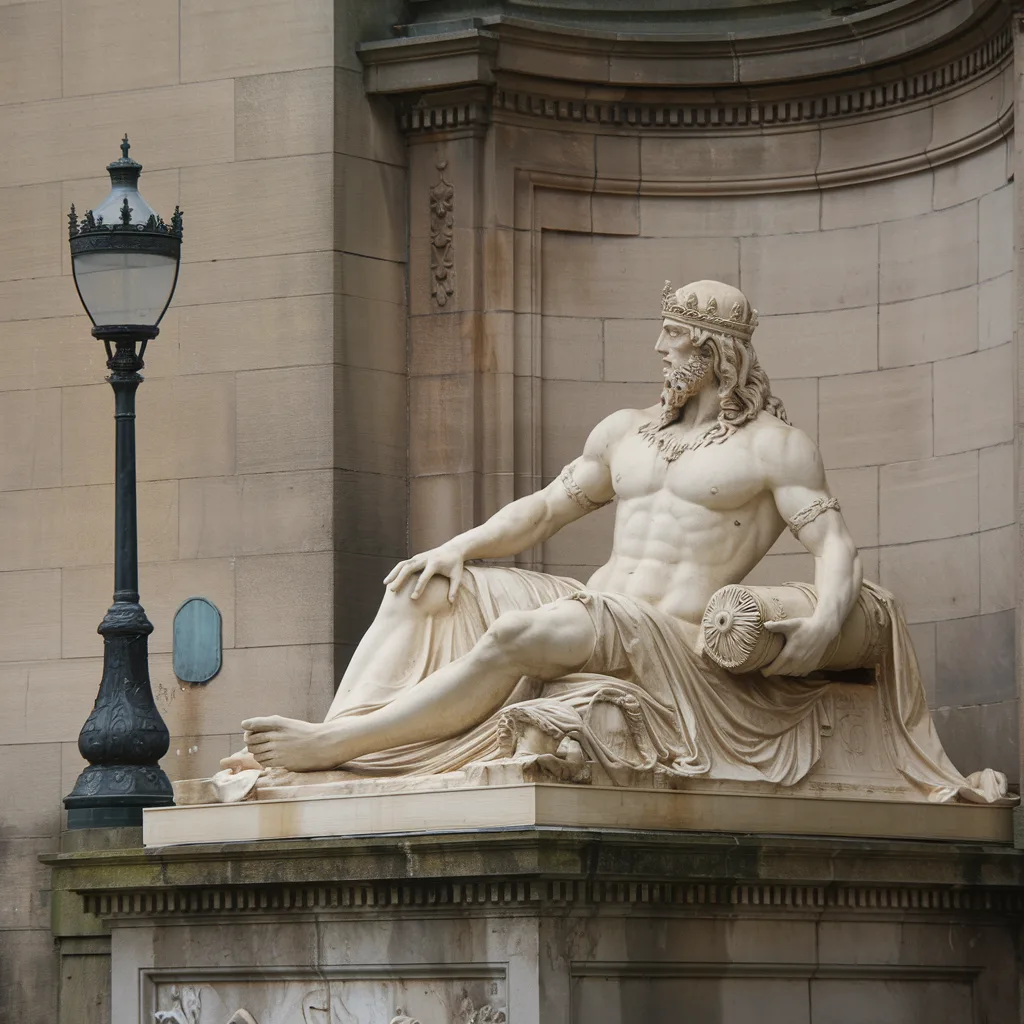
This “syncretism” process enabled people to adapt and absorb new ideas and deities as they encountered them. For example, the Roman god Mithras, related to Persian mythology, quickly gained popularity among Roman soldiers.
Roman Games Put Caesar in Debt
Emperor Julius Caesar is one of the most well-known figures in Roman history, and his role as host of the Roman Games likely contributed to his rise to prominence. To dazzle the audience, he frequently made grandiose promises. Of course, that meant keeping his promises.
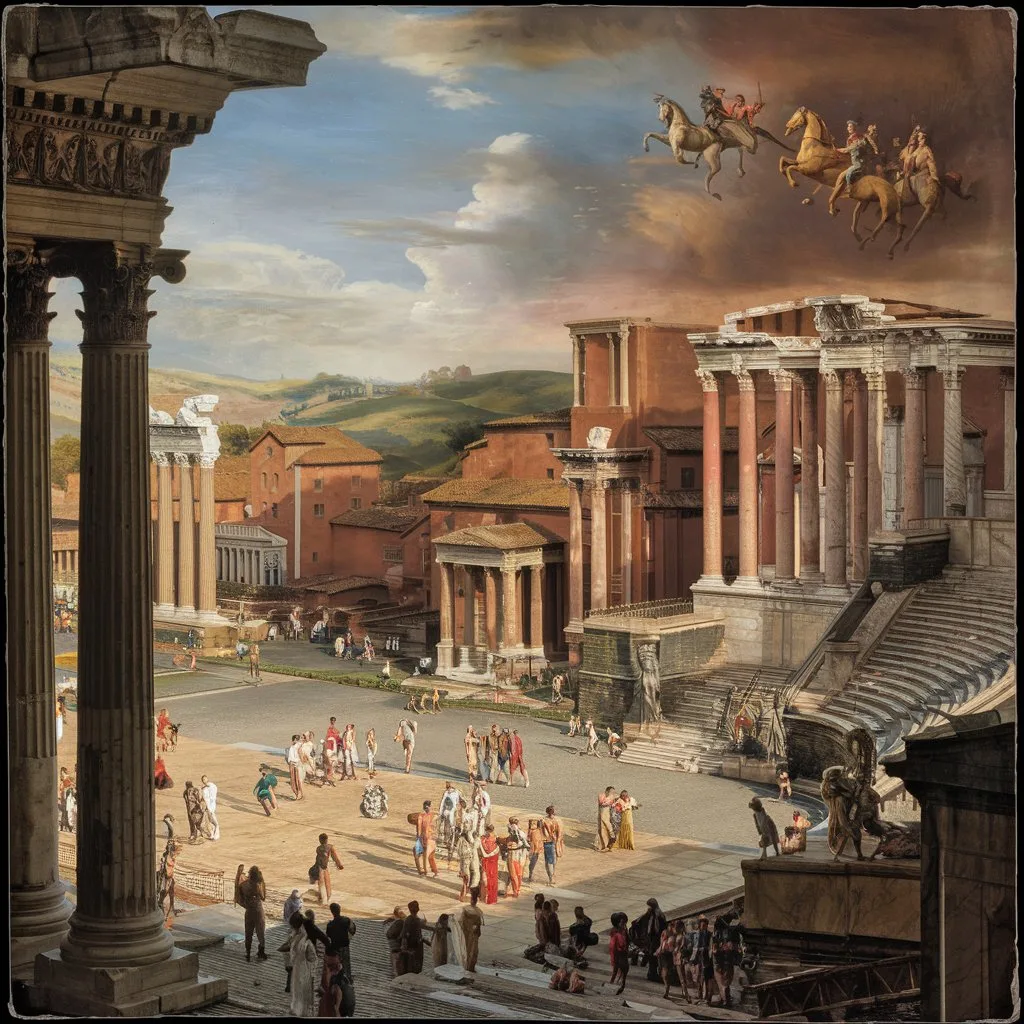
Caesar bought exotic creatures from Africa and once pitted 320 gladiators in silver armor against one other. However, Caesar’s dogged ambition of becoming Emperor resulted in a mound of debt.
Interesting Bruise Remedy
Most of us have had a bruise or two, but it’s reasonable to say that they were significantly more common in ancient Rome due to the regular conflicts, packed streets, and rowdy urban life. Medicine back then mixed scientific knowledge with religion and supernatural beliefs, and one particularly fascinating treatment for bruising was wild boar droppings.
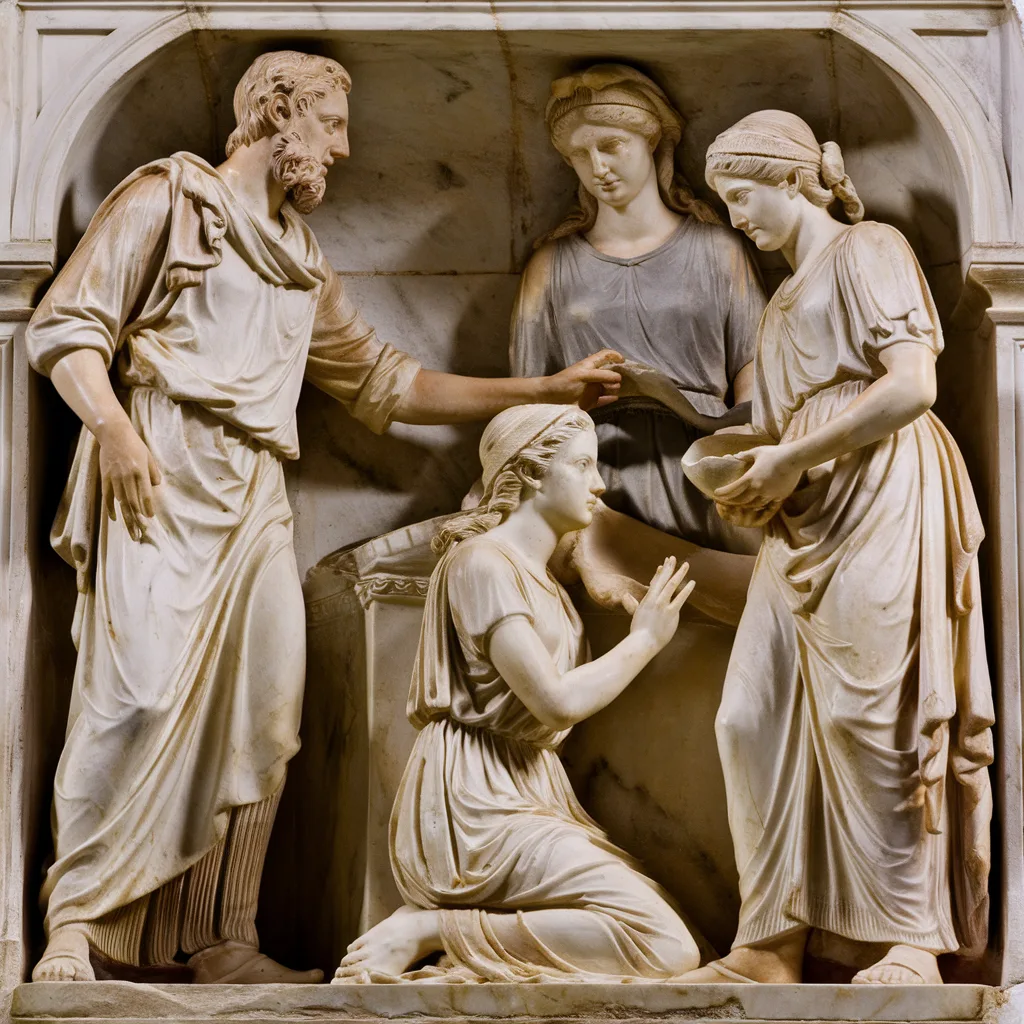
Doctors frequently used dried boar droppings steeped in vinegar to cure bruises. Chariot racers who had cuts and bleeding favored fresh droppings due to their therapeutic characteristics.
Firefighters Were Also Police
Crime was rampant in ancient Rome, most likely due to the lack of a professional police force to maintain order. Instead, it was primarily the responsibility of the residents to maintain order in the city, with occasional assistance from The Vigiles.
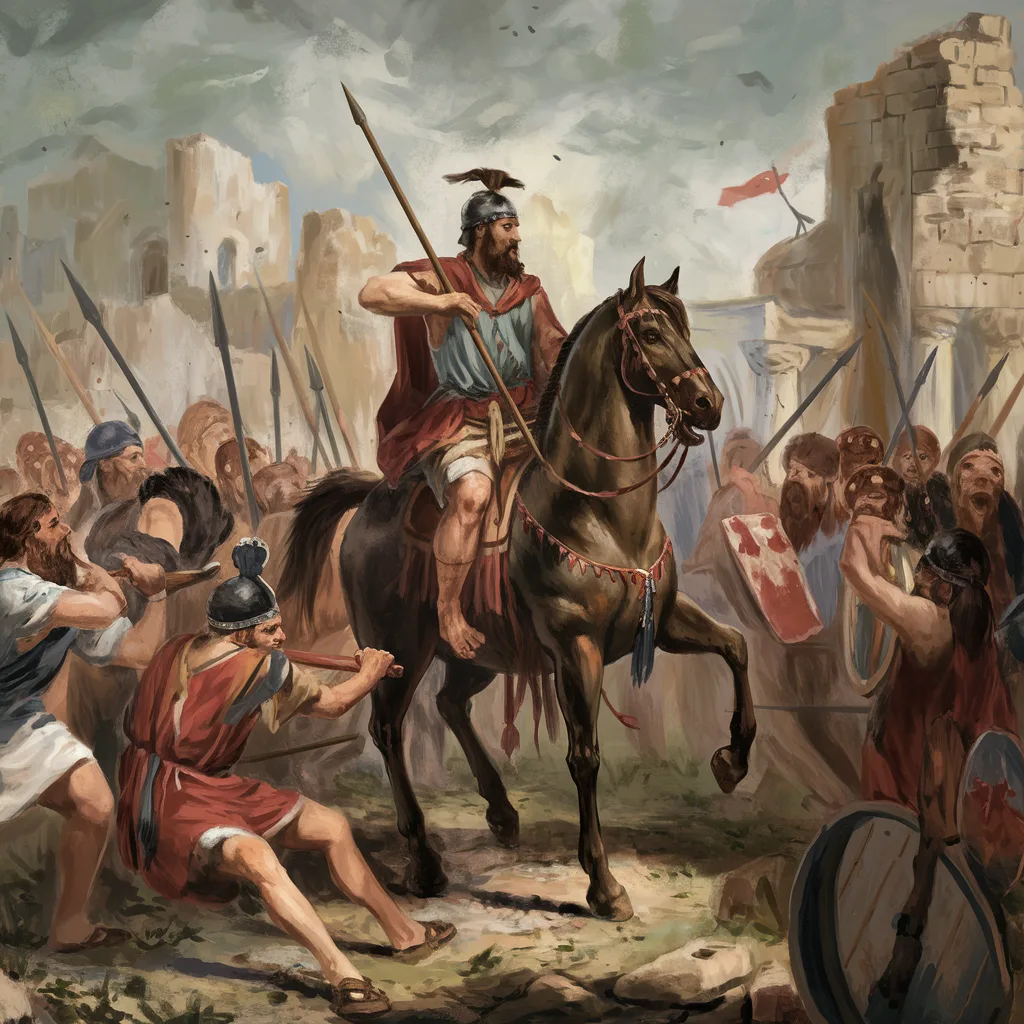
Emperor Augustus formed the Vigiles, a firefighting and policing unit in ancient Rome, circa 6 AD. They were outfitted with buckets, hooks, and pumps for firefighting, but they also functioned as a primitive kind of law enforcement, dealing with offenses such as theft and vandalism.
There Were Female Gladiators
Gladiator fighting was not only reserved for men in ancient Rome. While they were far less common than their male counterparts, women did compete in gladiatorial combat.
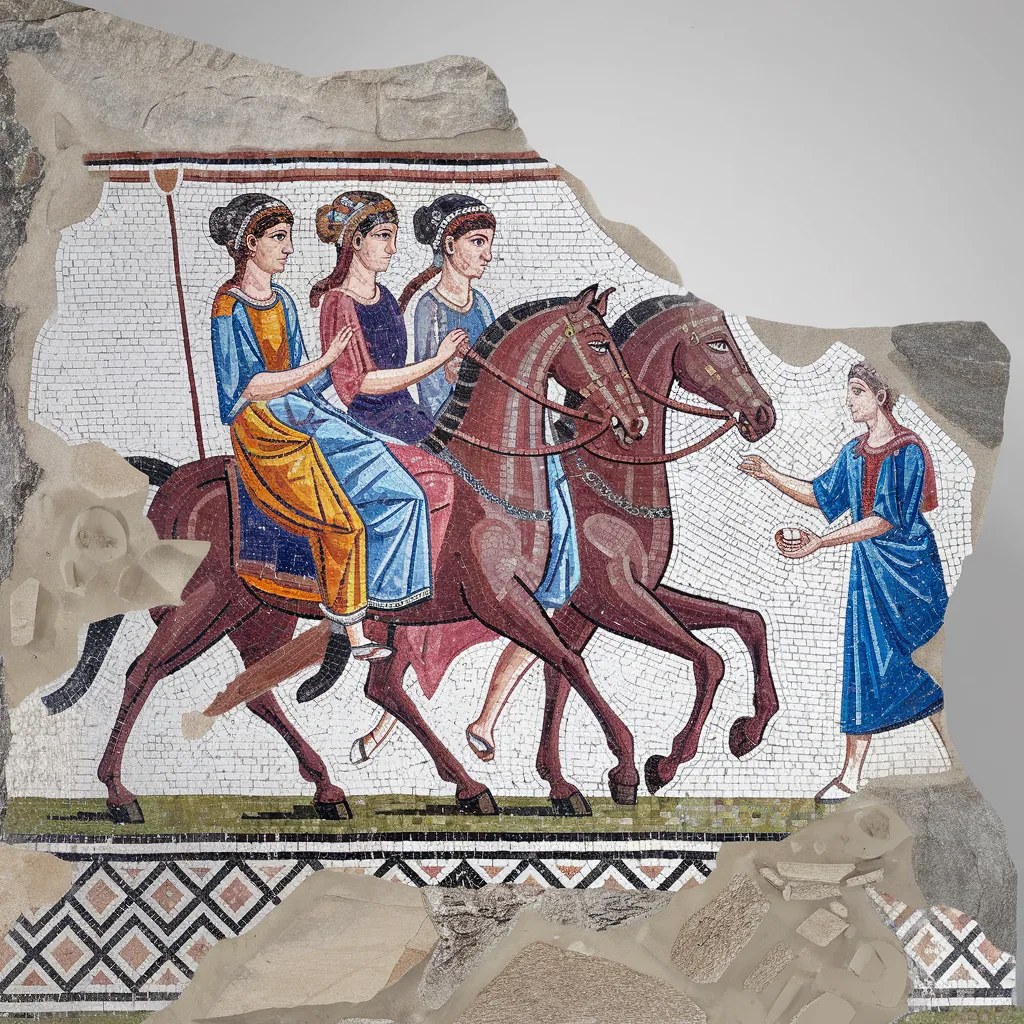
Emperor Caesar and Emperor Domitian were only two of the game editors throughout history who elected to have women compete in their Roman Games. By the year 200 AD, however, the governing Emperor Septimius Severus had prohibited all females from the arena.
People Committed Insurance Fraud
Given how common fires were in ancient Rome, it’s hardly surprising that individuals started investing in fire insurance. Of course, it was a significant luxury that only the wealthiest individuals could afford. It also meant that the Romans were among the first to face cases of insurance fraud.
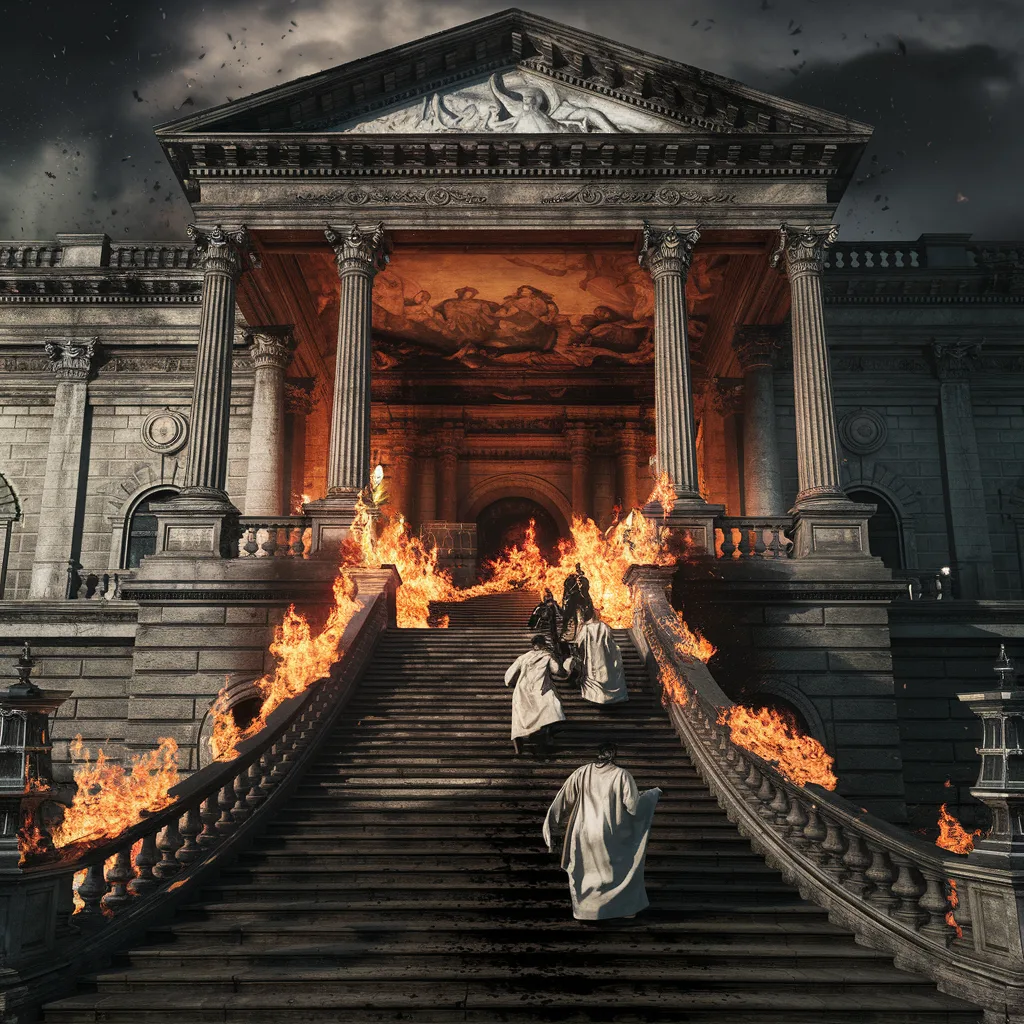
People began to invest in their homes and insure the contents, only for them to inexplicably burn down since they were frequently offered more money for their homes than they were worth. Emperor Augustus combated this issue by imposing harsh punishments on anyone found guilty of arson.
Banquets Were the Pinnacle of Opulence
The social elite of Rome enjoyed nothing more than to flaunt their wealth. The richest members of society would flaunt their wealth at lavish feasts, where their opulence was on full show.
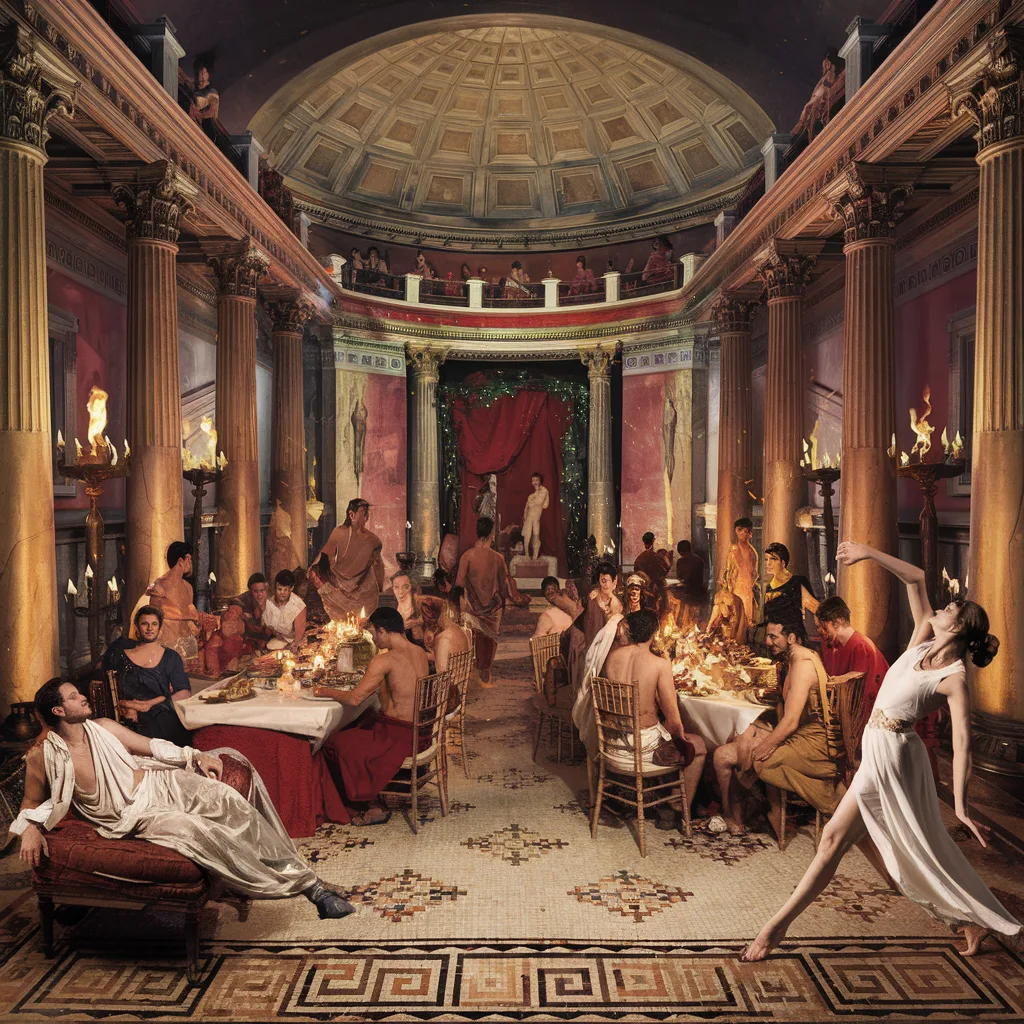
The dining setup often consisted of three gold and ivory couches placed in a U-shape around a magnificent table. The table was decked with luxurious silverware and drinking vessels made of expensive materials including bronze, silver, and gold, as well as magnificent Roman glass. They were intended to be nothing short of amazing.
Dogs Were Treated as Family
Dogs have long been regarded as man’s best friend, and it turns out that people have loved dogs for tens of thousands of years as far more than just pets. They were treated as members of the family in ancient Roman society and valued for their loyalty and hunting abilities.
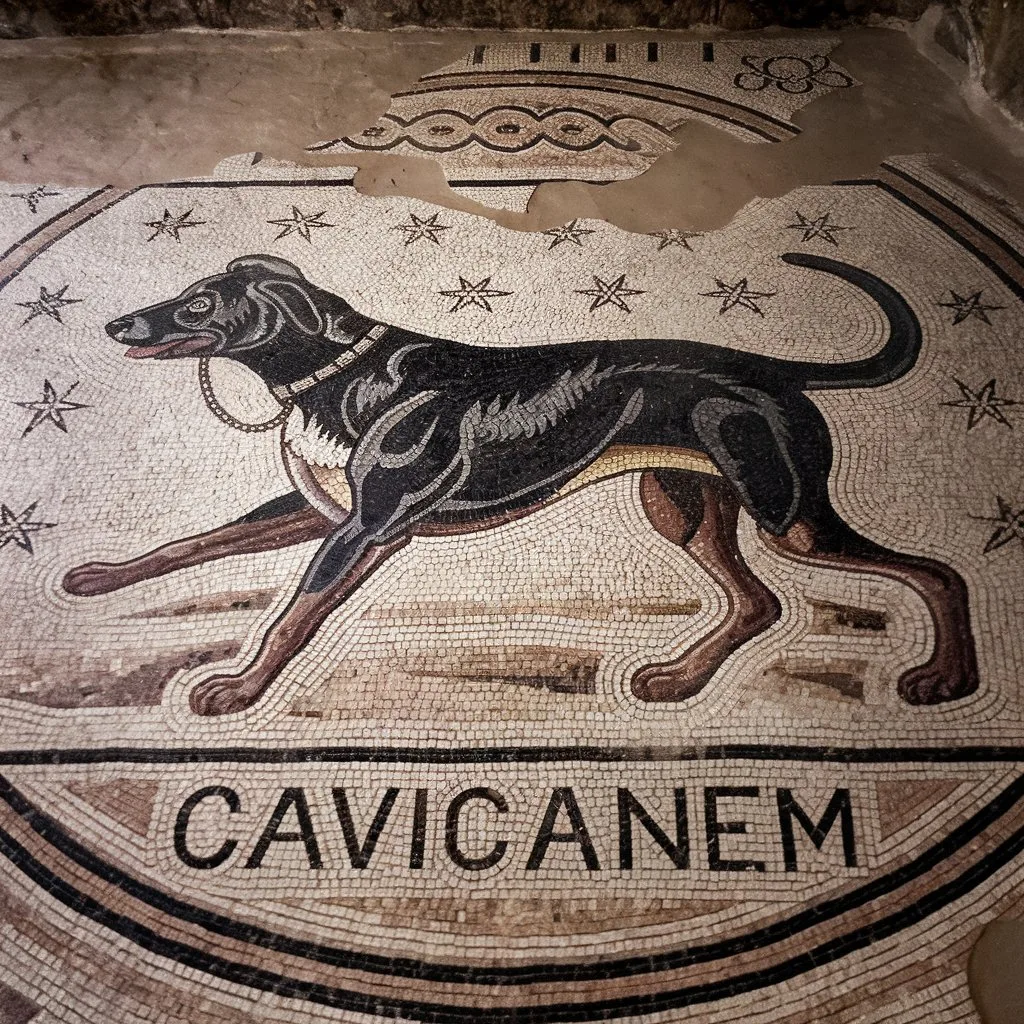
Large Molossian dogs were used for hunting and protection, while smaller breeds like the Maltese were kept as companions. Mosaics and murals celebrating dogs were also seen throughout the city.
Men Were Powerful, Women Were Not
In Roman society, there was a major gender power imbalance. Men held the majority of power and authority within the family. They had control over important decisions such as arranging marriages, divorcing their wives, and even deciding the fate of newborns if they didn’t fancy another child or couldn’t afford the addition to the family.
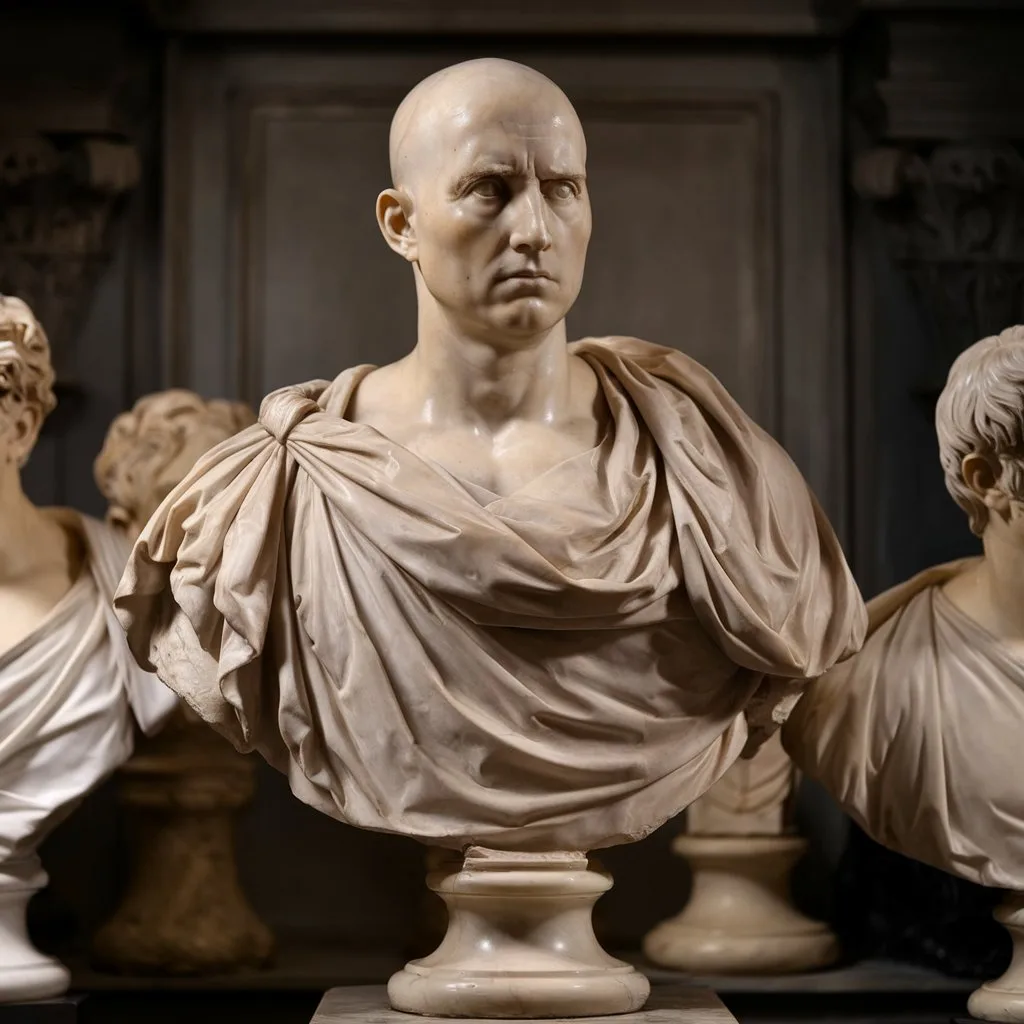
Women, on the other hand, had fewer privileges and liberties. They were expected to get married, have children, and run the home. Women were frequently restricted to domestic chores including nursing, serving, and creating.
One Holiday Turned Rome Upside Down
People in ancient Rome loved to let their hair down. Parties were often reserved for the wealthy, but on one occasion, businesses and courts were closed to allow everyone to participate.
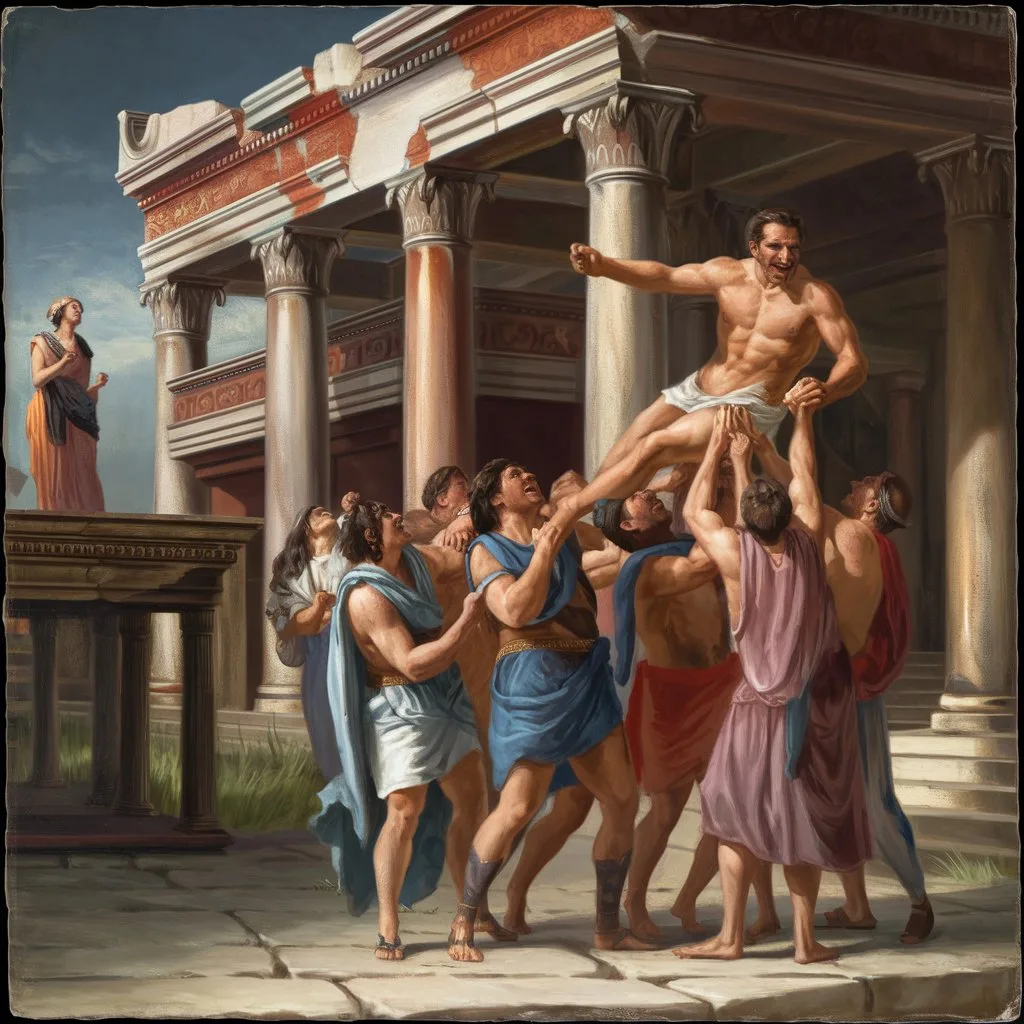
Saturnalia, the Saturn-honoring holiday, began on one day, December 17, but has grown throughout the centuries to cover a whole week. During Saturnalia, social conventions were broken and roles were temporarily reversed, with masters serving their slaves and slaves being granted liberties and treated equally. The festival was regarded as a time of joy and liberation from the usual constraints of Roman life.
Streets of Rome Were Dangerous
Walking through ancient Rome’s streets was perilous for a variety of reasons. With so many buildings being built to suit the rising population, roadways quickly got smaller and narrower. People walking through the streets have to be exceedingly cautious.
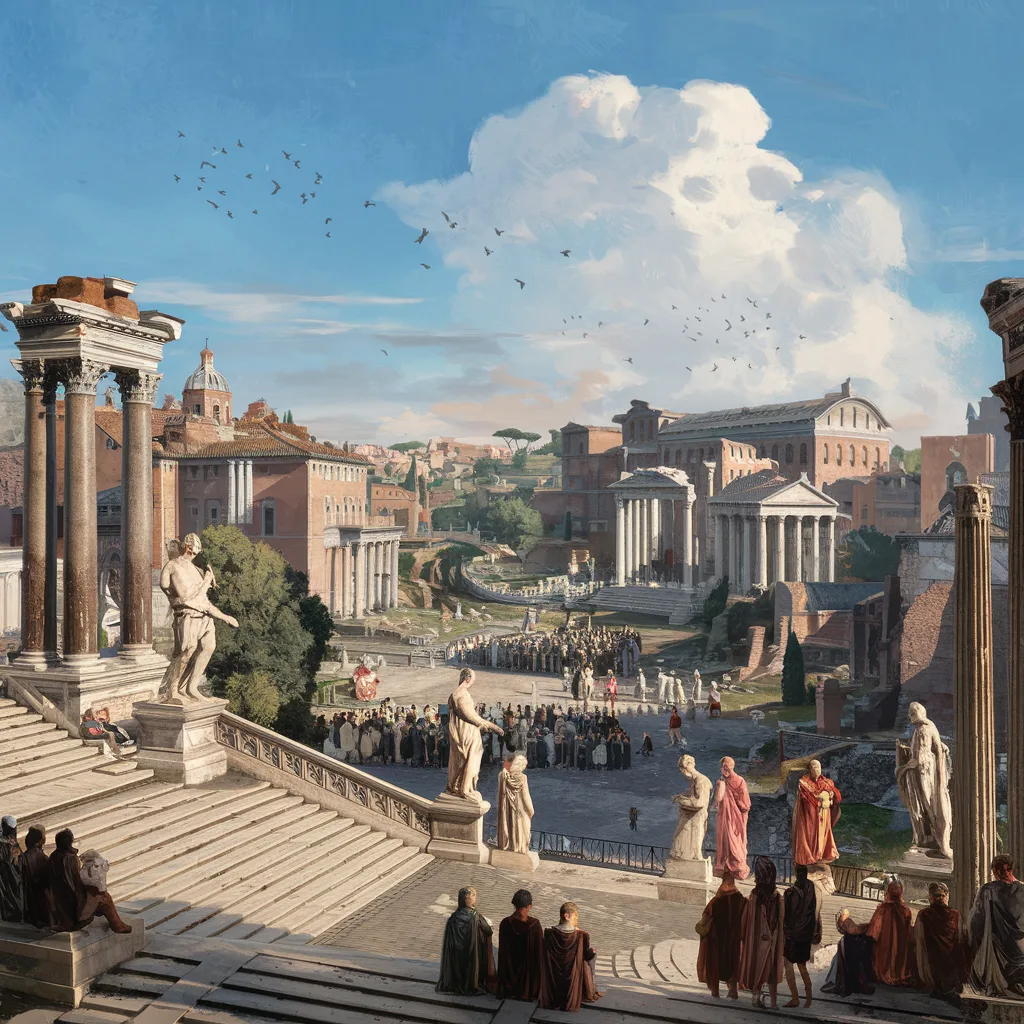
If it weren’t for the falling roof tiles caused by cheap and poor construction, the high population density would have put them at risk of being crushed. If that wasn’t terrible enough, the absence of sanitation meant that individuals dumped chamber pots directly into the street, resulting in foul aromas at every turn.
Roman Baths Were All-Inclusive
Over the years, archeologists have unearthed remarkable artifacts providing insights into daily life in ancient Rome. One of the greatest discoveries was the Roman baths. Since many of them are still standing today, we’ve been able to learn that they were so much more than just a communal bathing space.
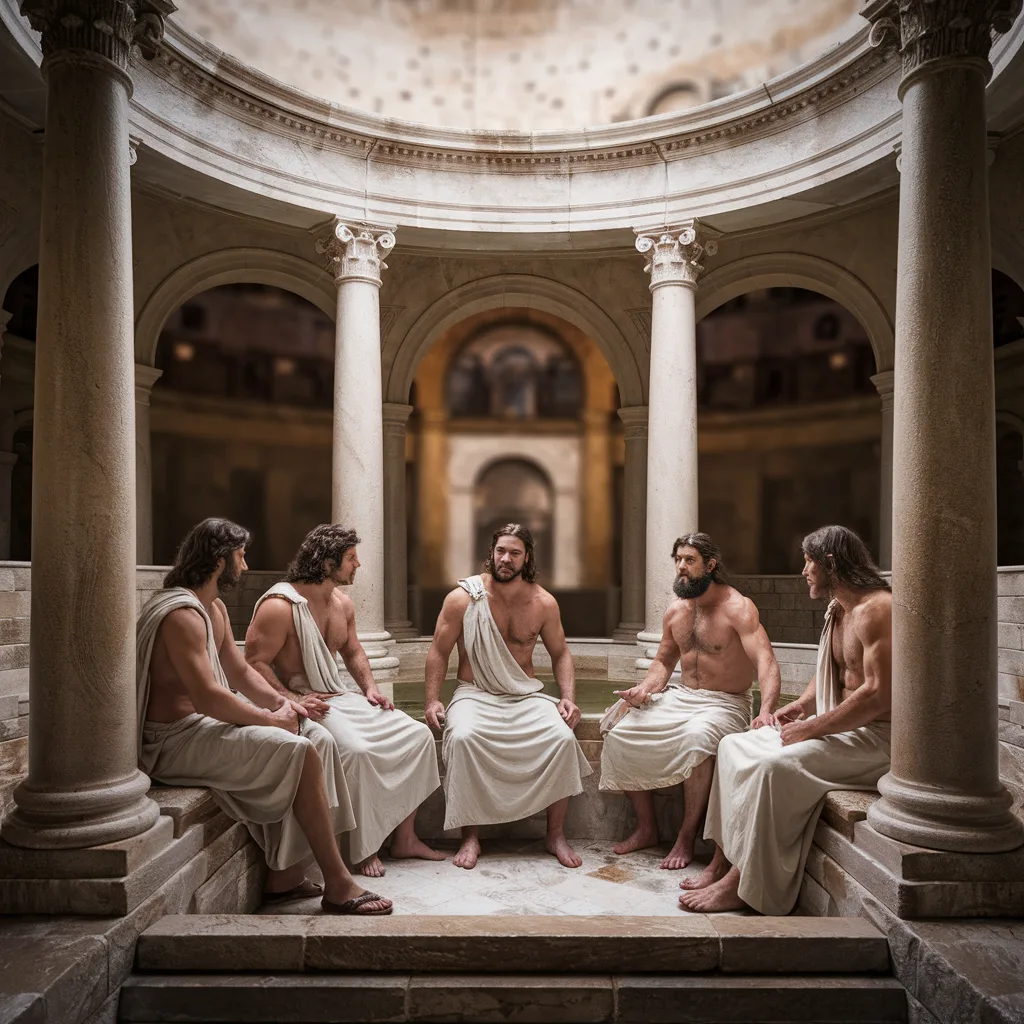
They also provided social, recreational, and other facilities. For example, the Caracalla Baths were the size of a small village. They could accommodate up to 1,600 bathers at once and included not just bathing spaces but also a gym, library, and two large fountains.
Temples Doubled Up as Banks
Life in ancient Rome was all centered around two things—making money and having fun. Religion was so intertwined with everyday life that temples not only served as places of worship but also as banks. People could deposit their money and valuables for safekeeping since they were considered sacred, under the protection of the gods.

Temples would also lend money to individuals and businesses, with the income used to fund the temple. But back then, it paid to spread money throughout numerous temples since fires were regular, and if all was lost, it was gone forever.
Roman Games Were an All-Day Spectacle
The Roman Games were a major event in ancient Rome. These events were so much more than just one gladiator combat; they were meticulously planned to create a full day of entertainment for the adoring crowd.
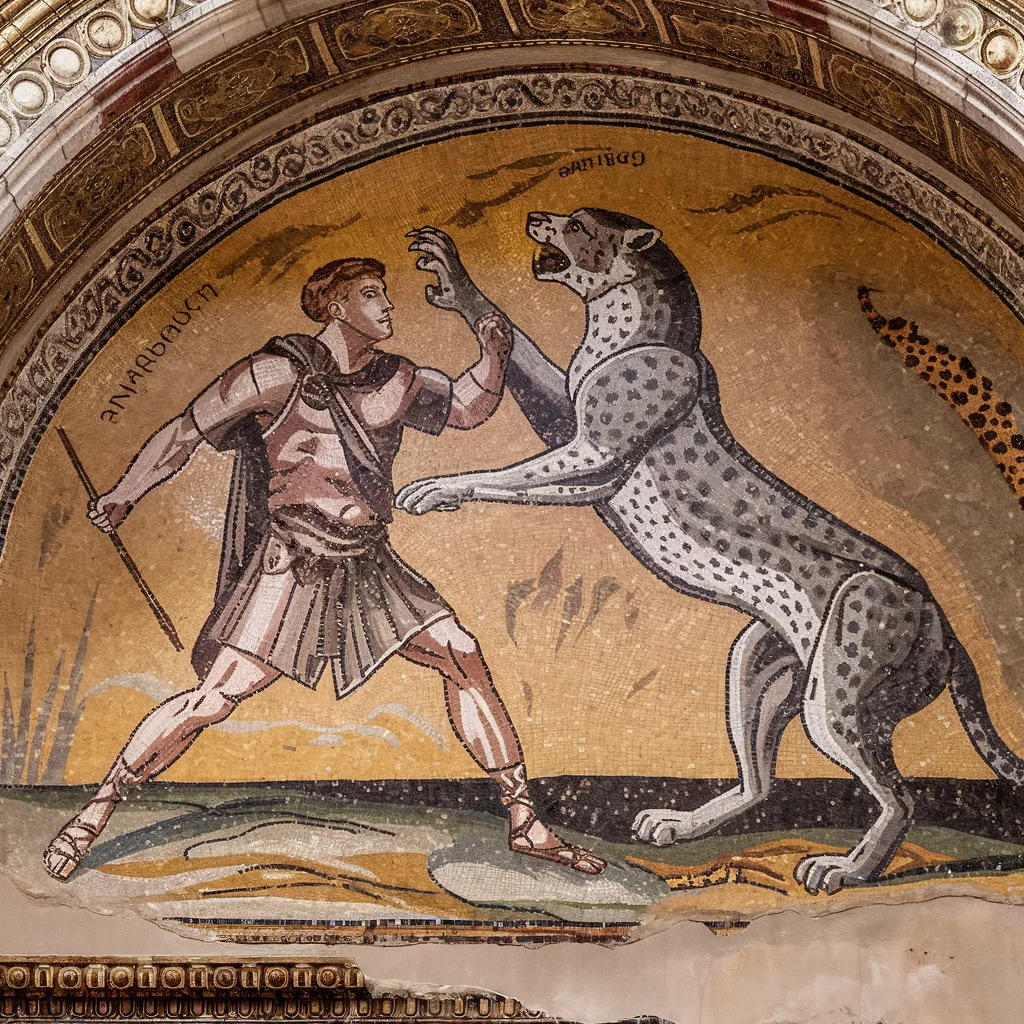
They followed a certain format, usually beginning with an animal fight—either against other animals or people. This was followed by a variety of entertainment, including chariot racing and acrobats, as well as concluding gladiator combat. Trap doors and lifts were frequently used to carry animals into the arena, which added to the excitement. The entire event was exciting from beginning to end.
Some Slaves Had Higher Authority
Slavery was a major institution in ancient Rome, and slaves had a significant impact on the city’s economy and daily life. While most slaves had few rights and freedoms, some enjoyed better status depending on who they served.
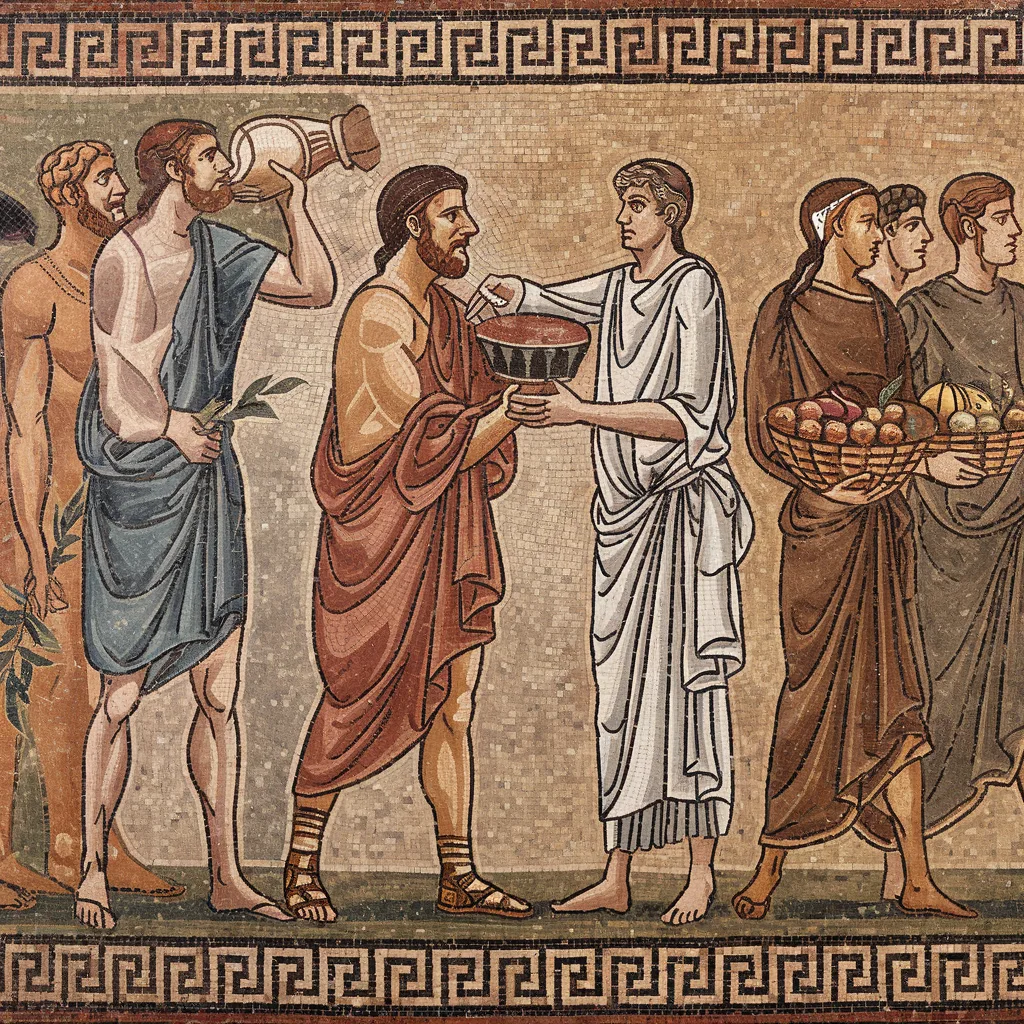
People from wealthy backgrounds or with specialized skills were granted more authority. Emperor Caligula was notorious for his harshness, and he treated some of his slaves with extraordinary partiality, bestowing special rights and authority over others.
Unconventional Roman Cleaning Methods
Bathing and cleanliness were extremely popular in ancient Rome. Public baths and bathrooms were rather widespread, but they were not found everywhere in the city. This meant that they needed an alternative to utilize in between trips.
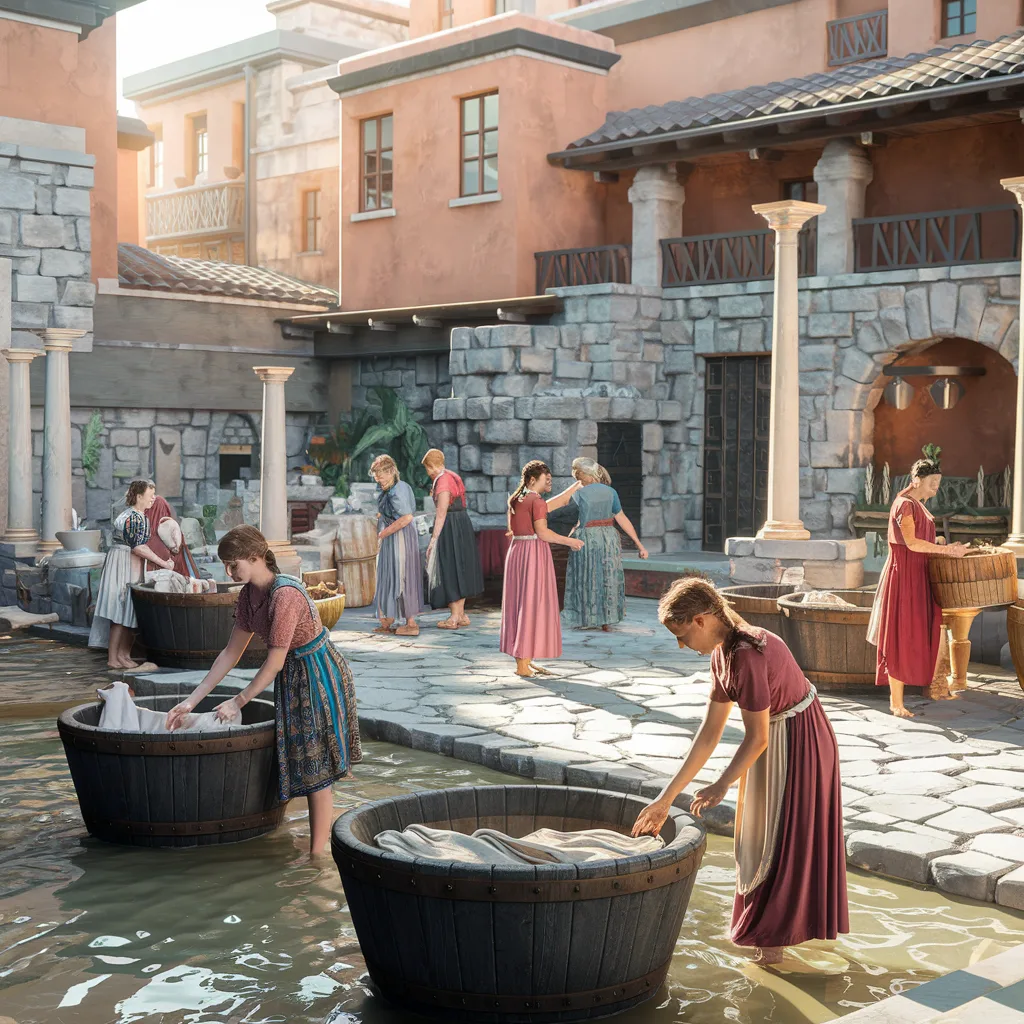
Chamber pots were established as a practical way to collect waste, particularly at night or during inclement weather. Chamber lye, which is simply a term for pee, was collected from chamber pots and used as an early kind of washing detergent. The ammonia in pee even served as a whitener!
Worst Punishment of Them All
Punishments in ancient Rome were harsh and unconventional, to say the least. Crucifixion was seen as the ultimate penalty, but there was a far-odd method designated for individuals who committed parricide—the crime of murdering one’s parents or other close relatives.
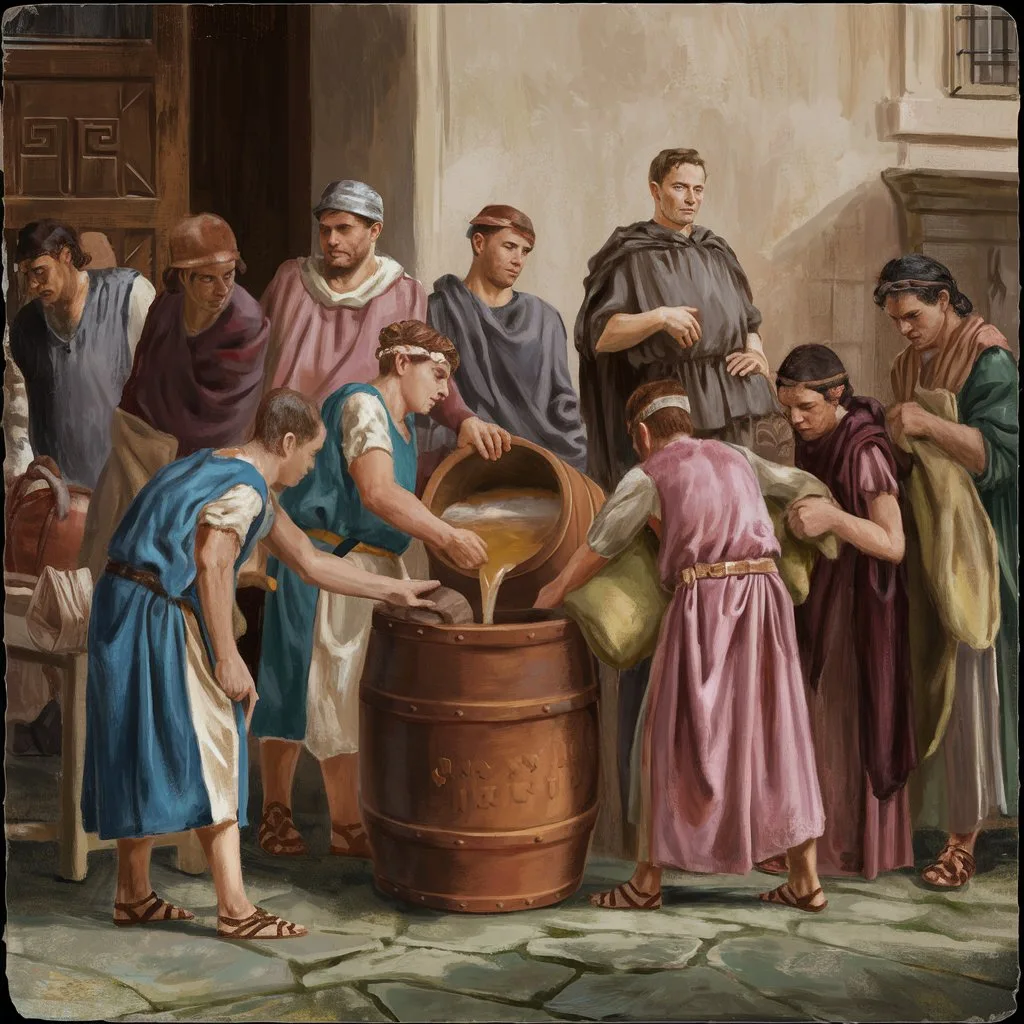
It was known as “Punishment of the Sack” or poena cullei. The convicted person would be put in a bag with numerous animals, including a snake, monkey, rooster, and dog, and then thrown into a body of water, where they would drown. That sounds terrible.


